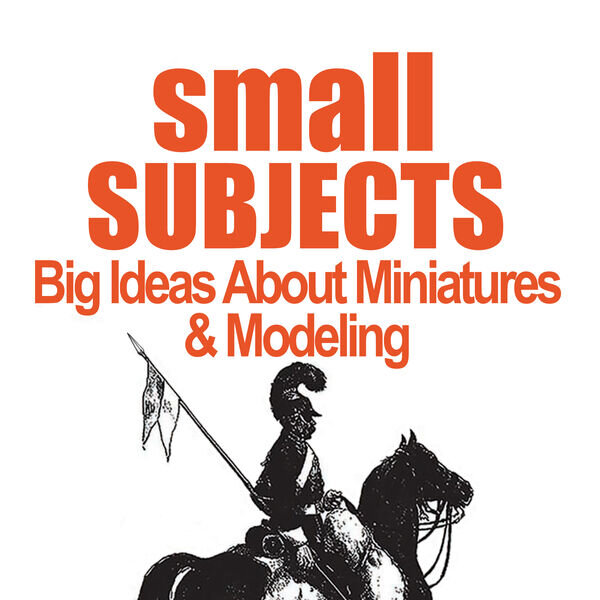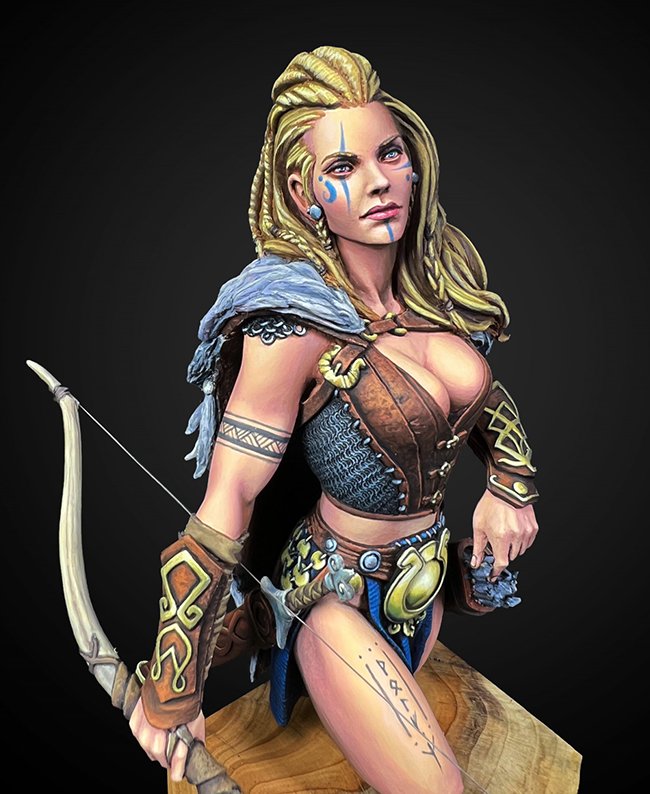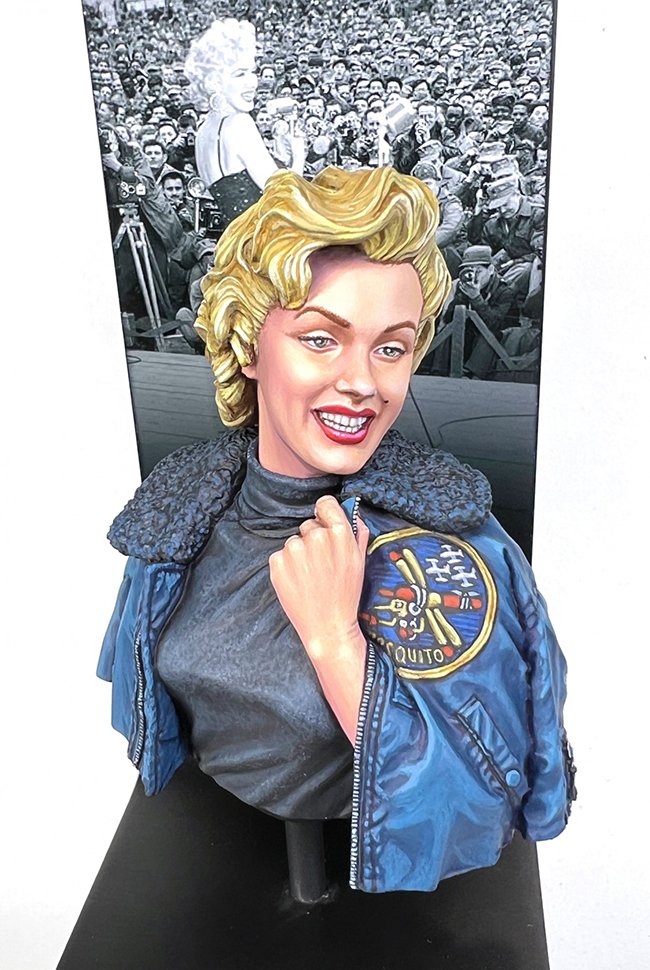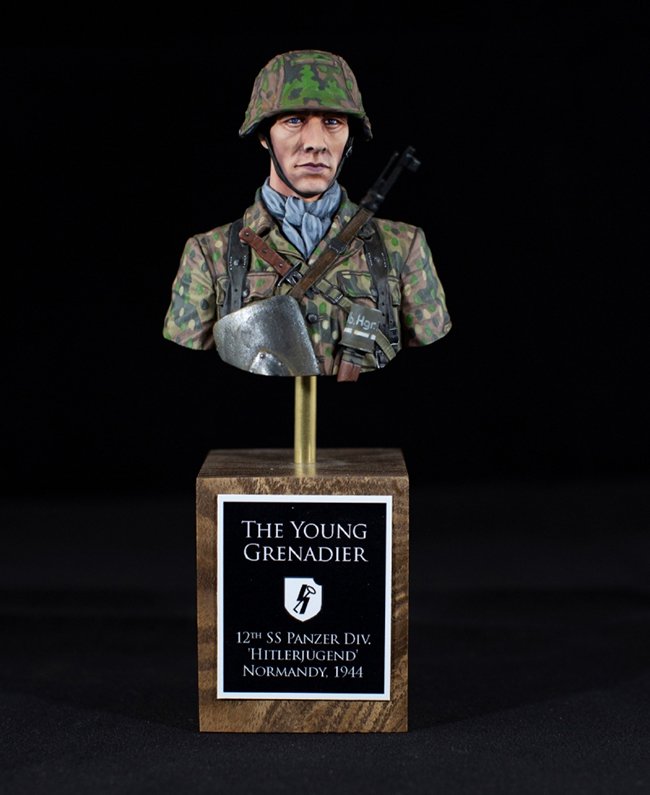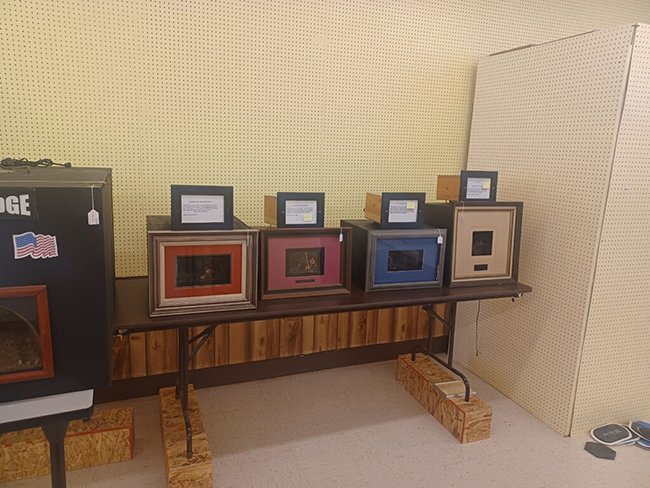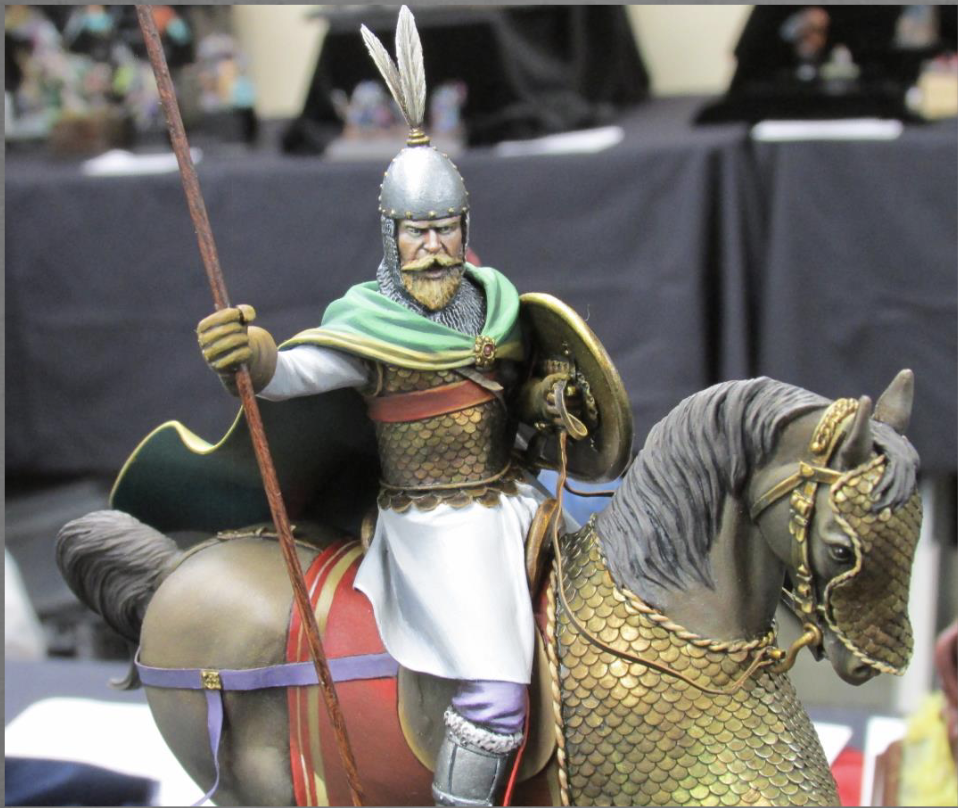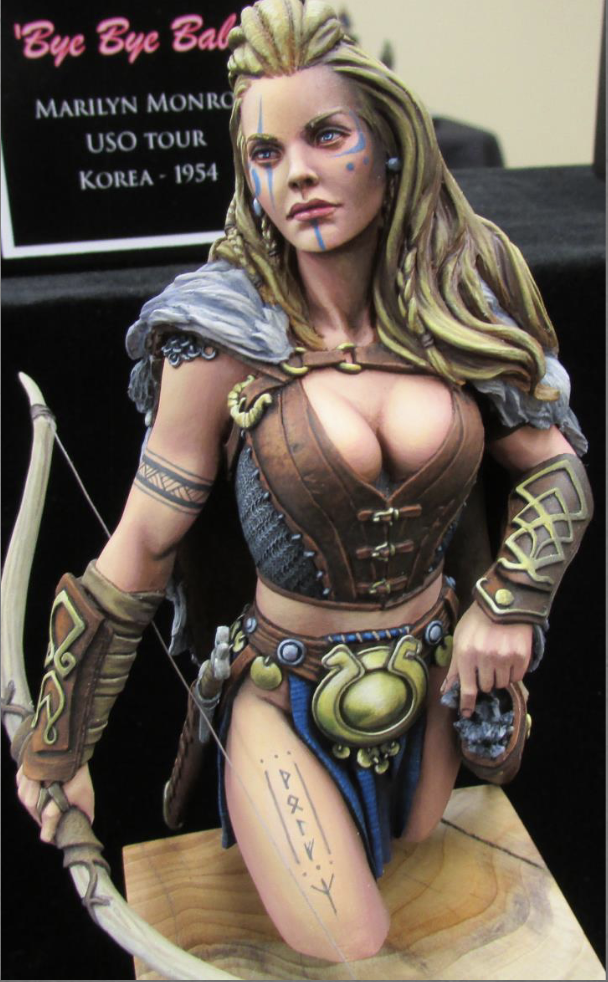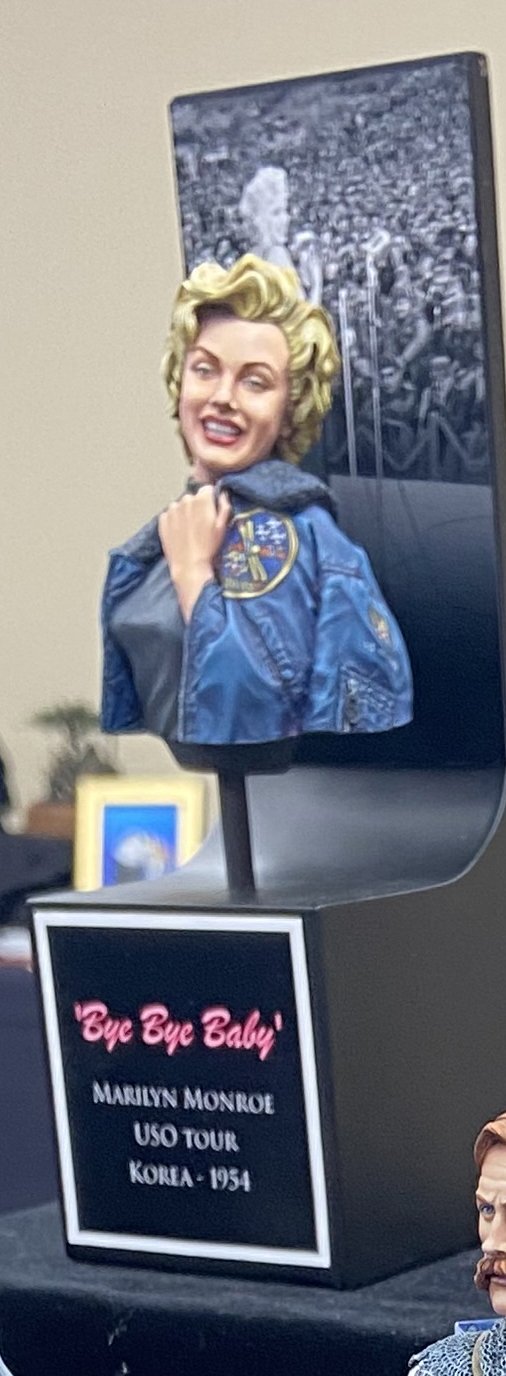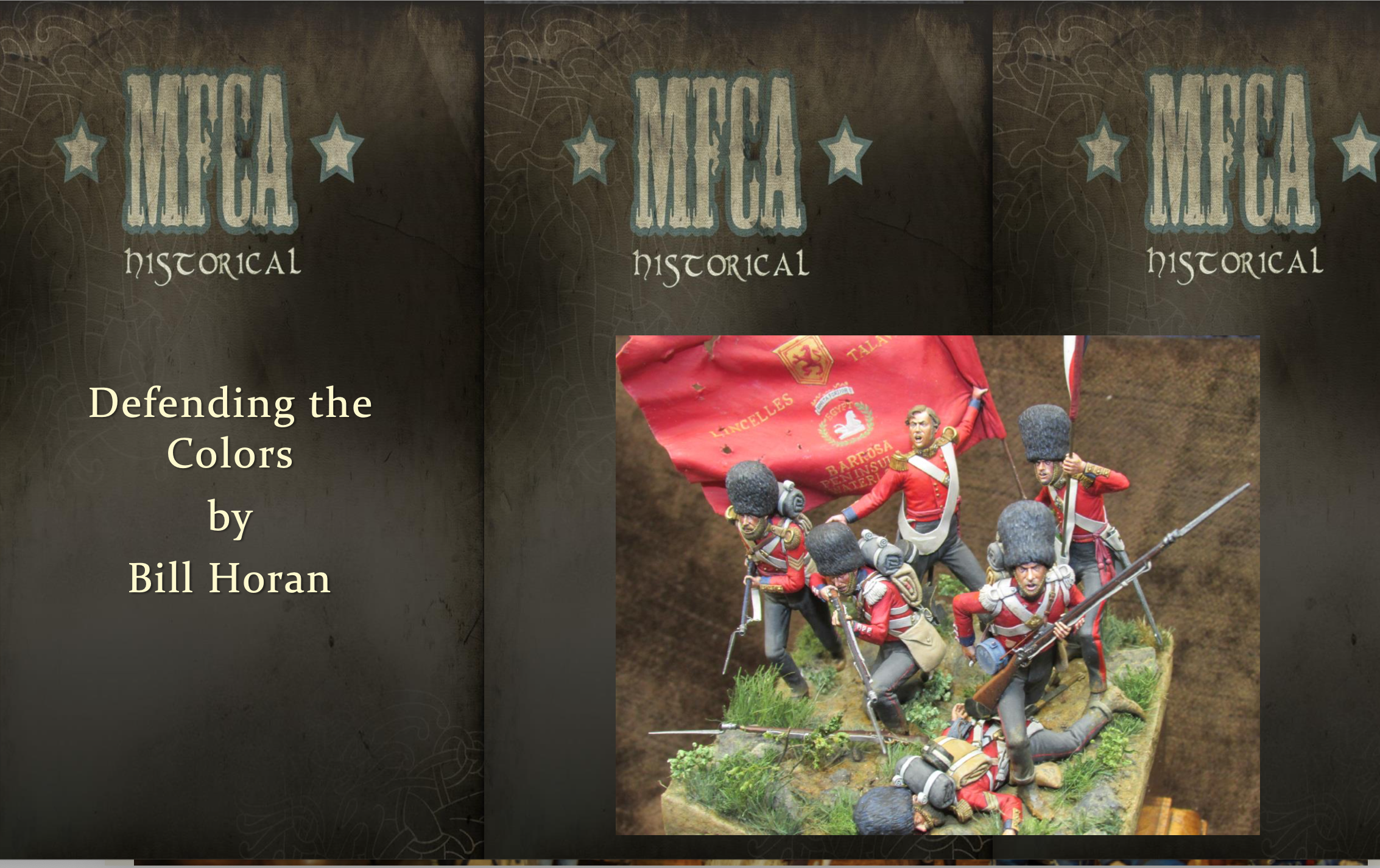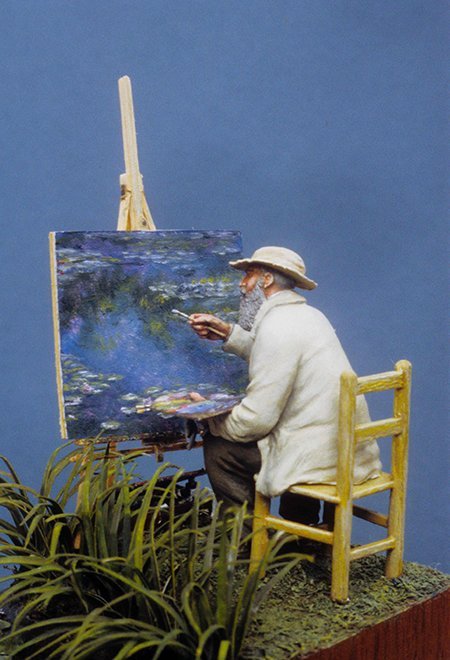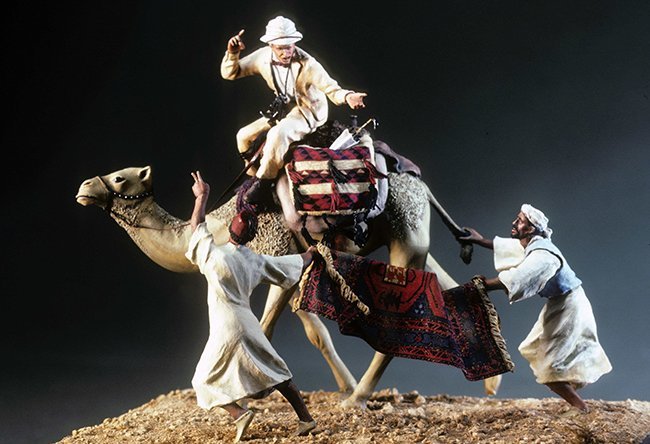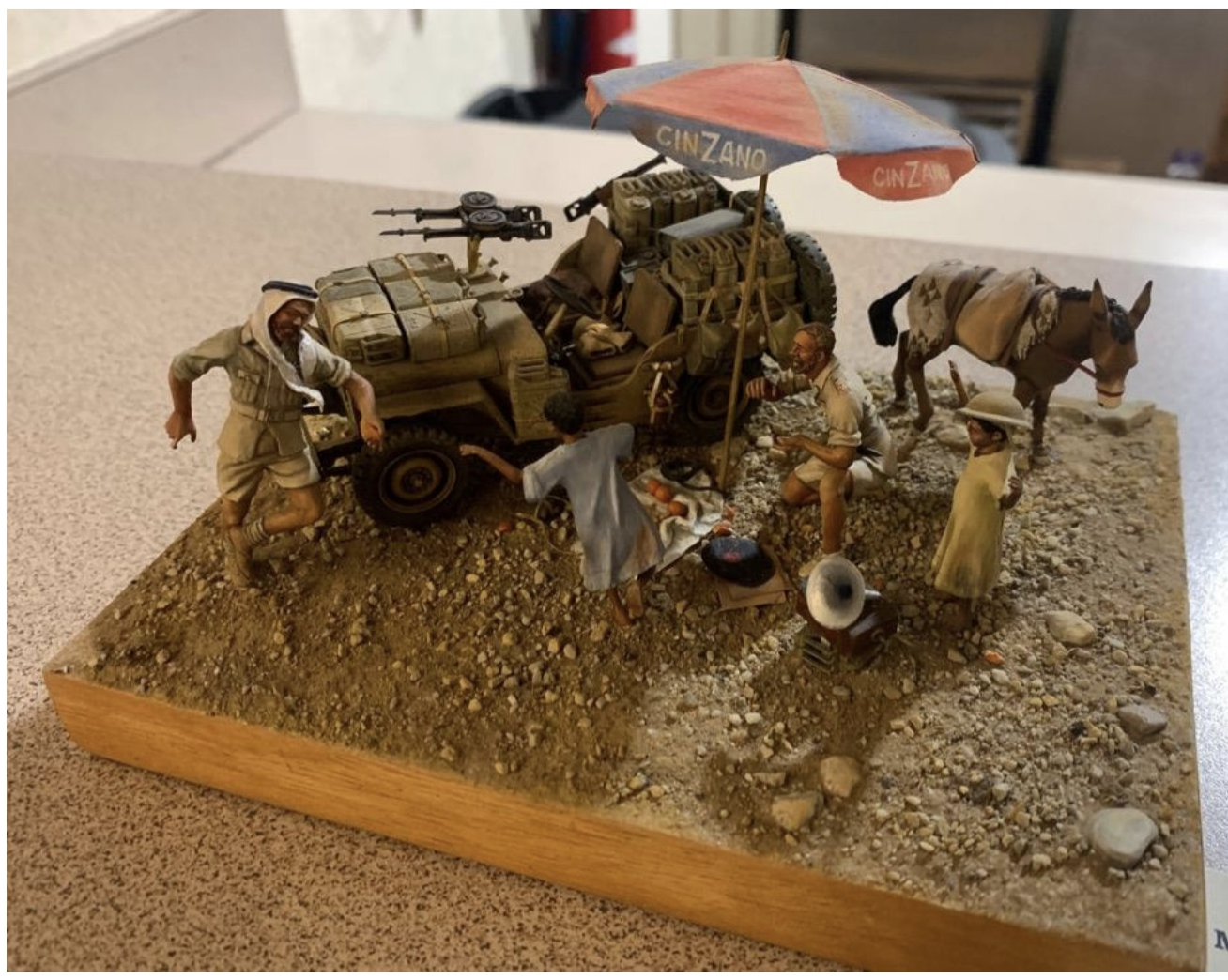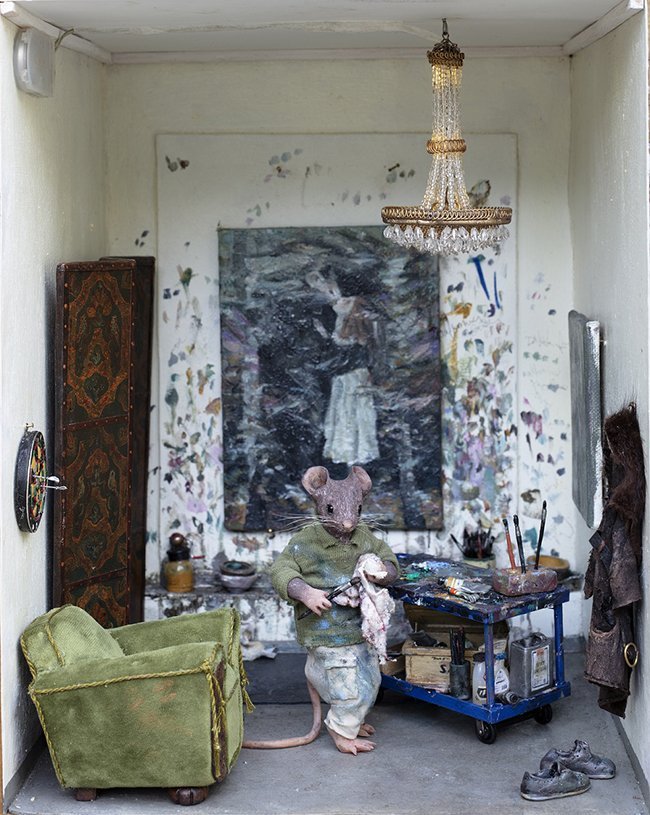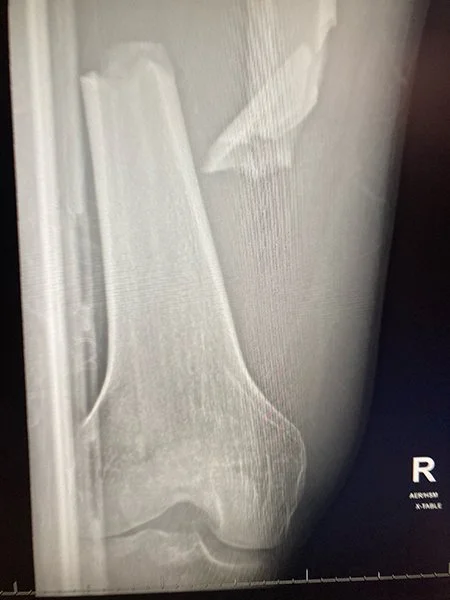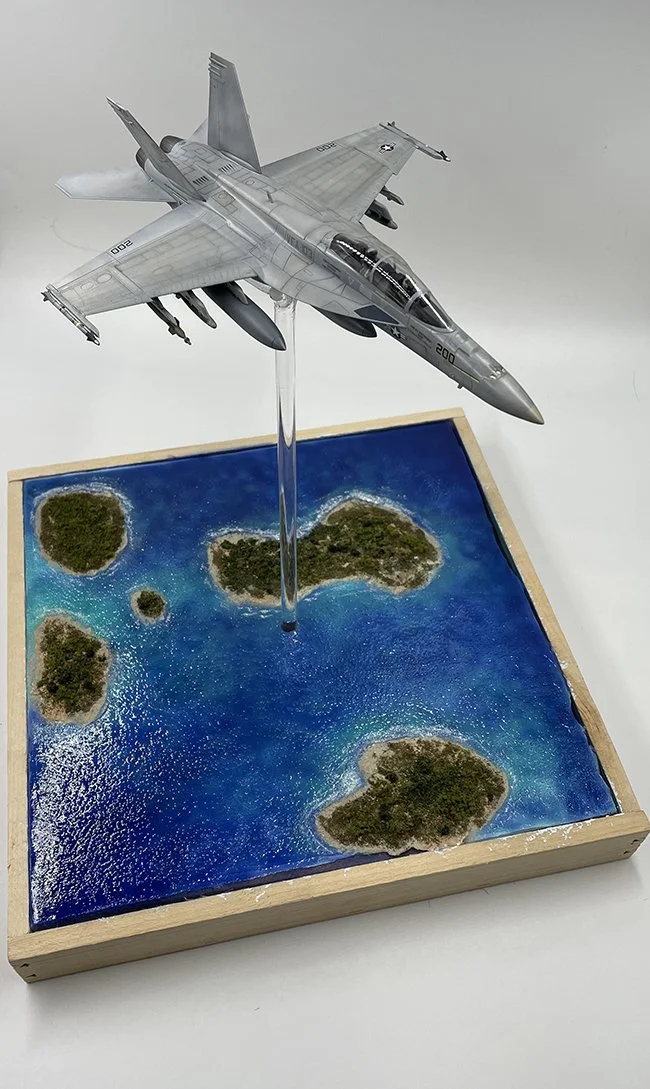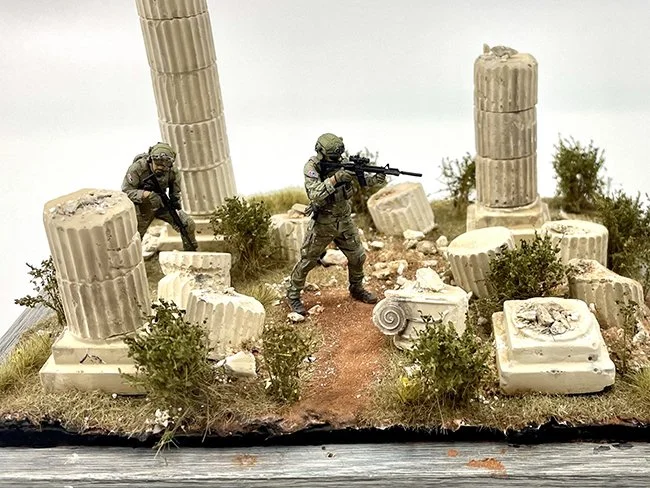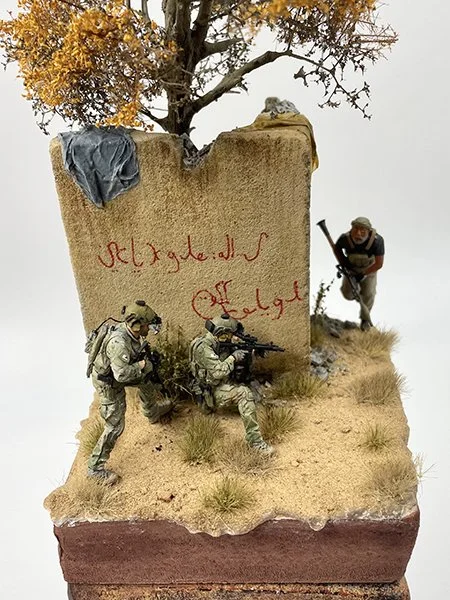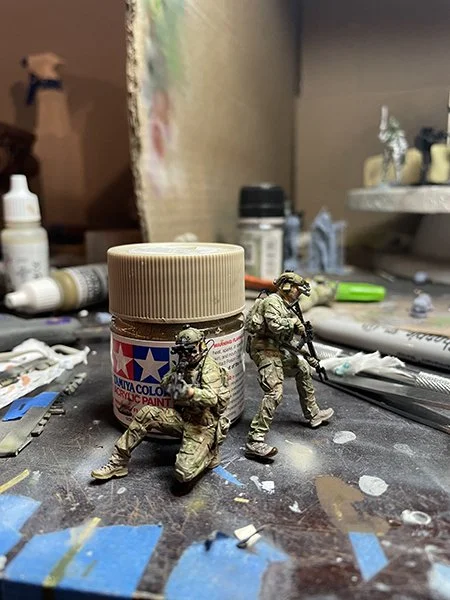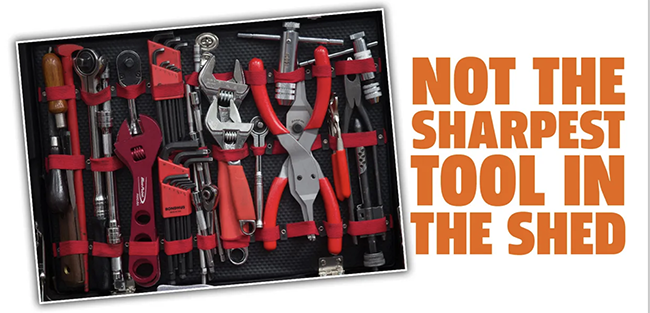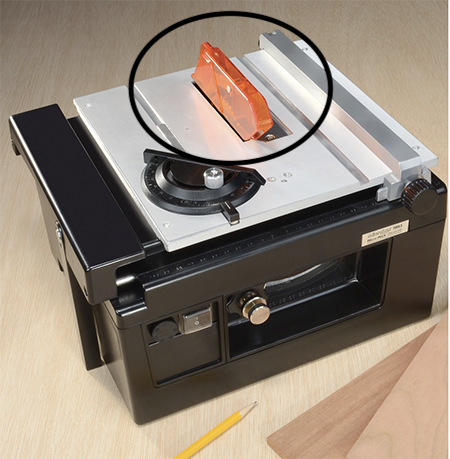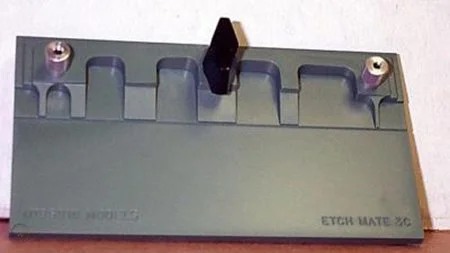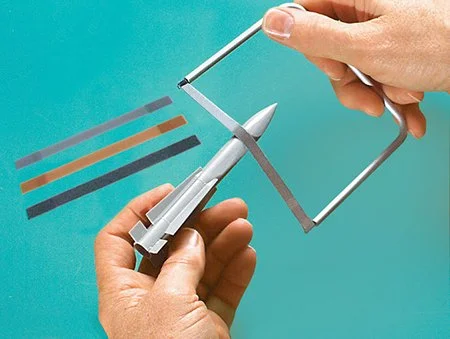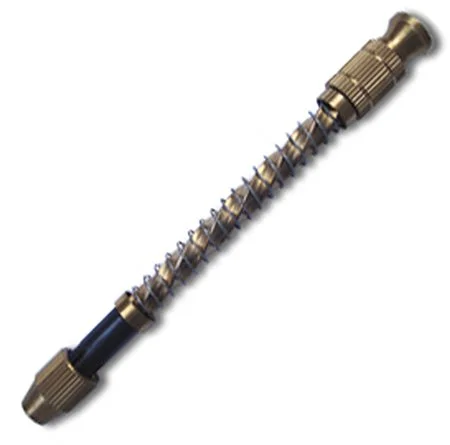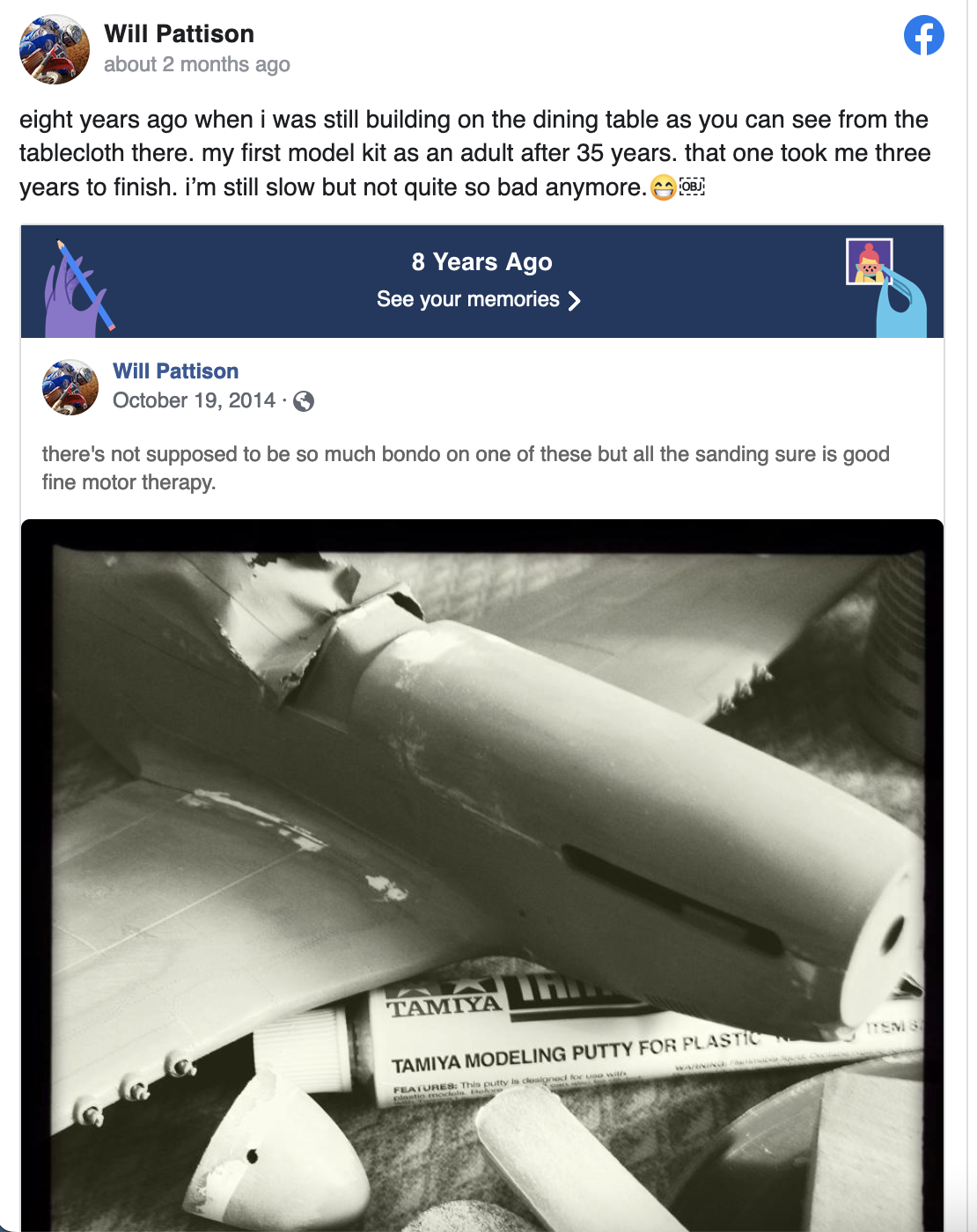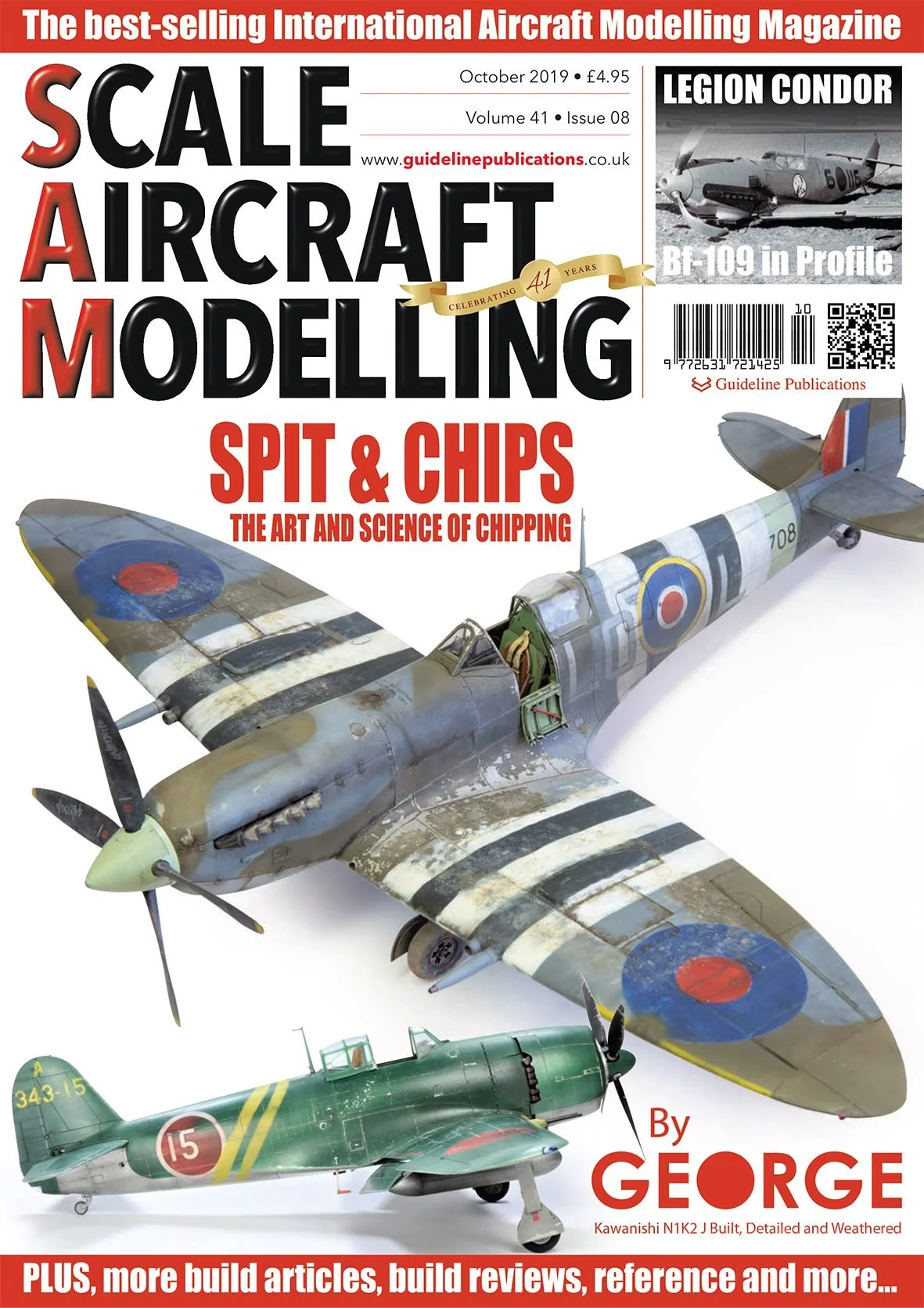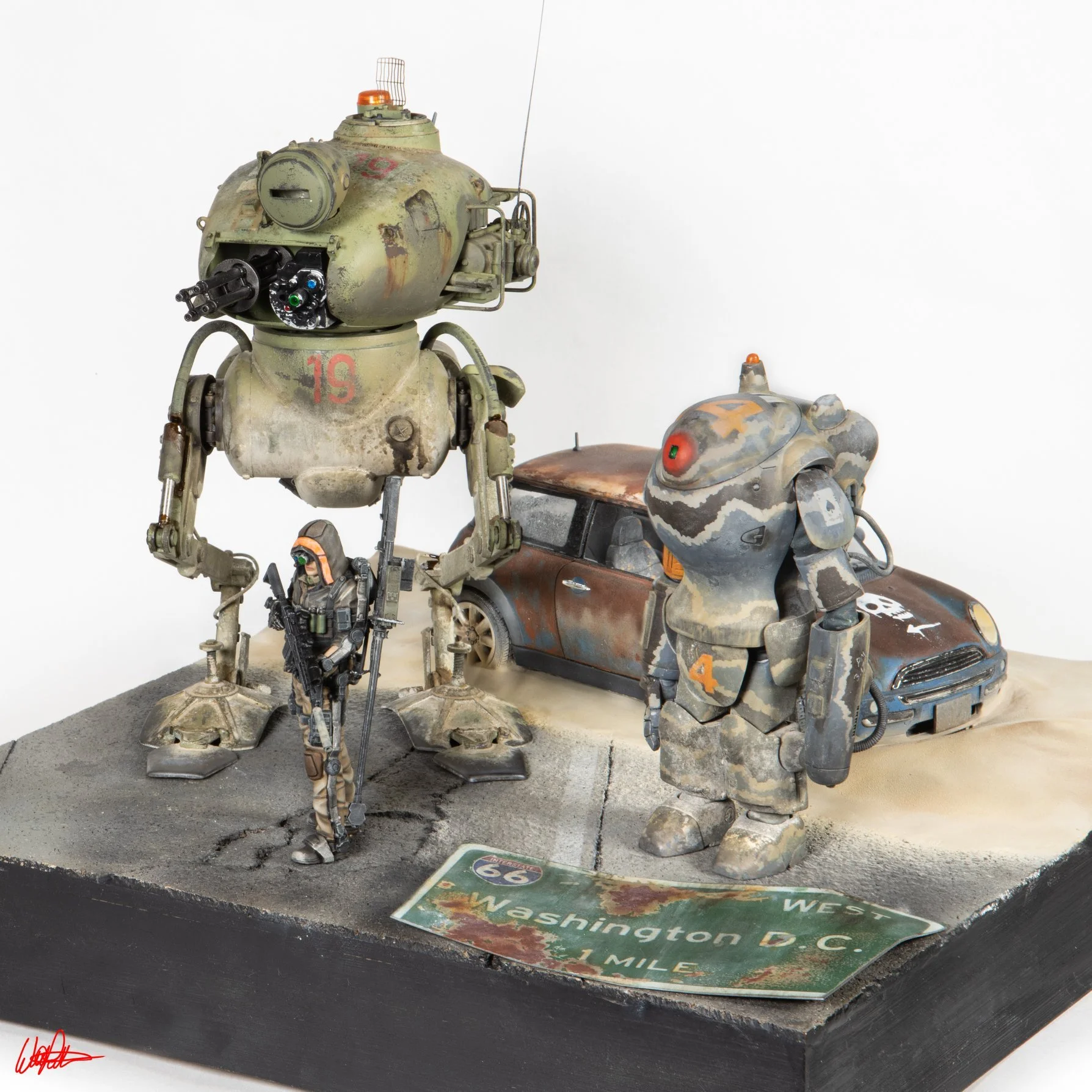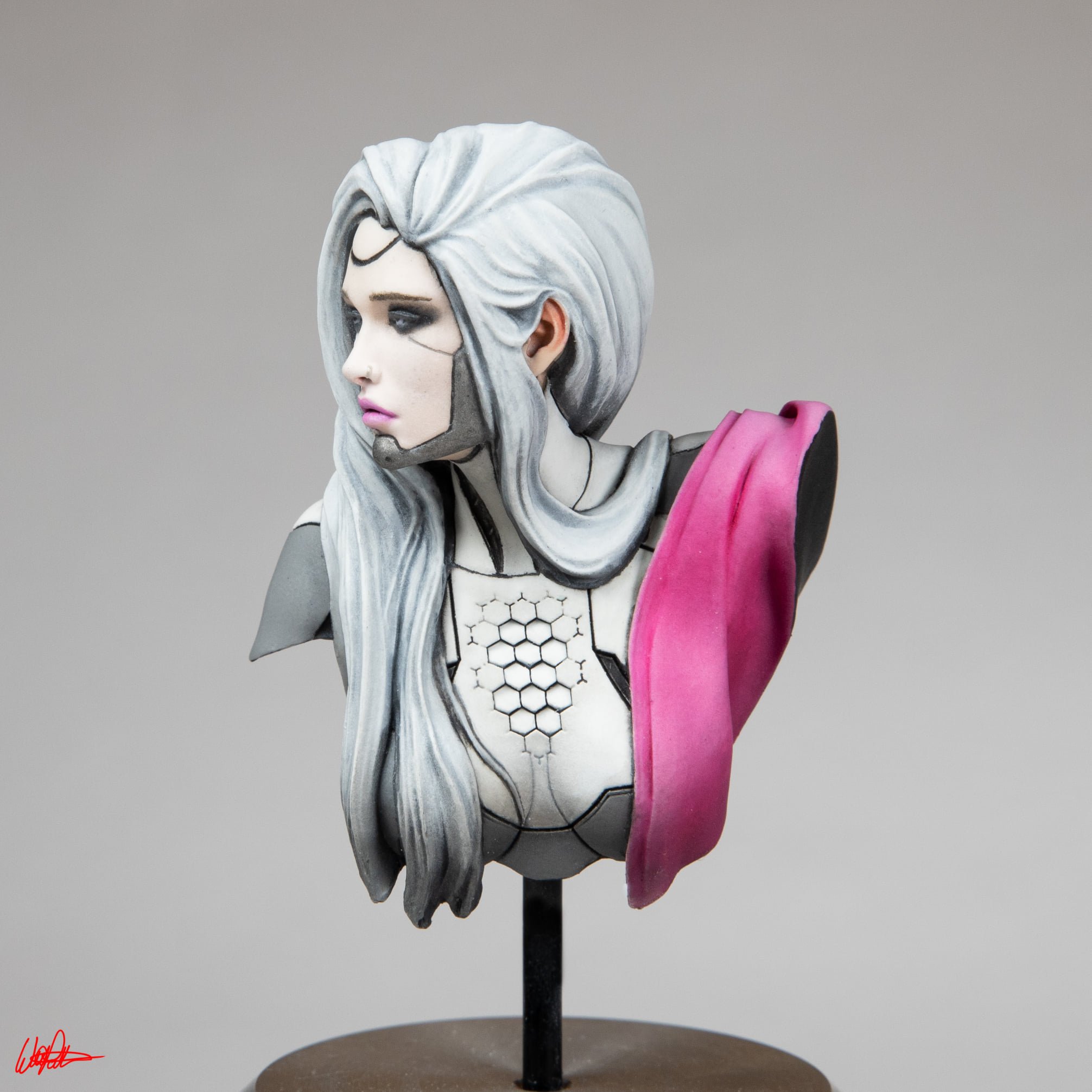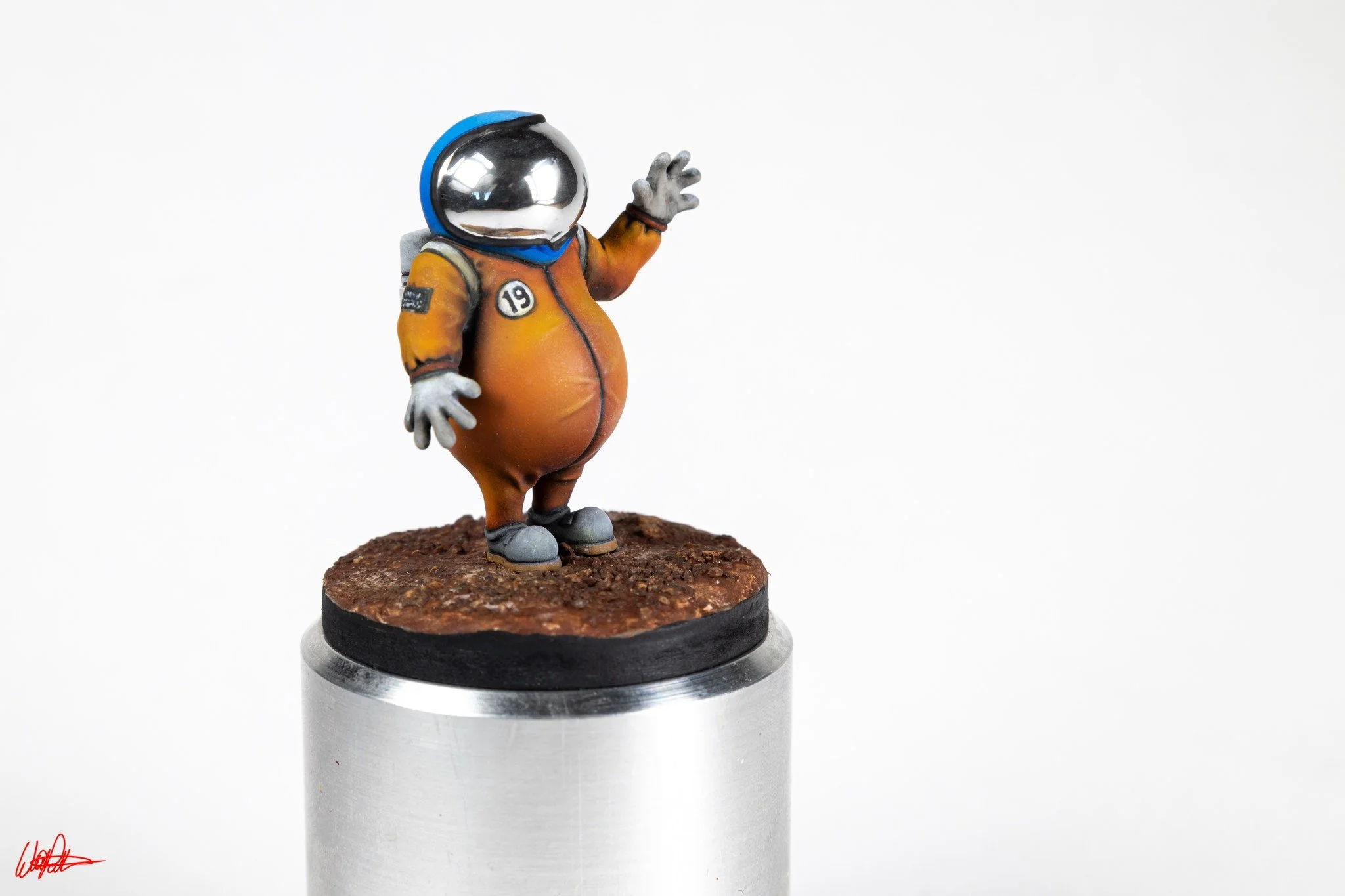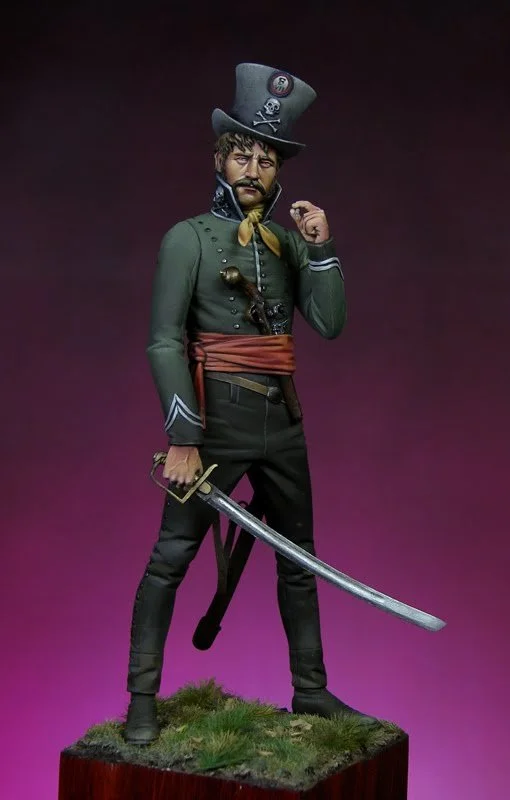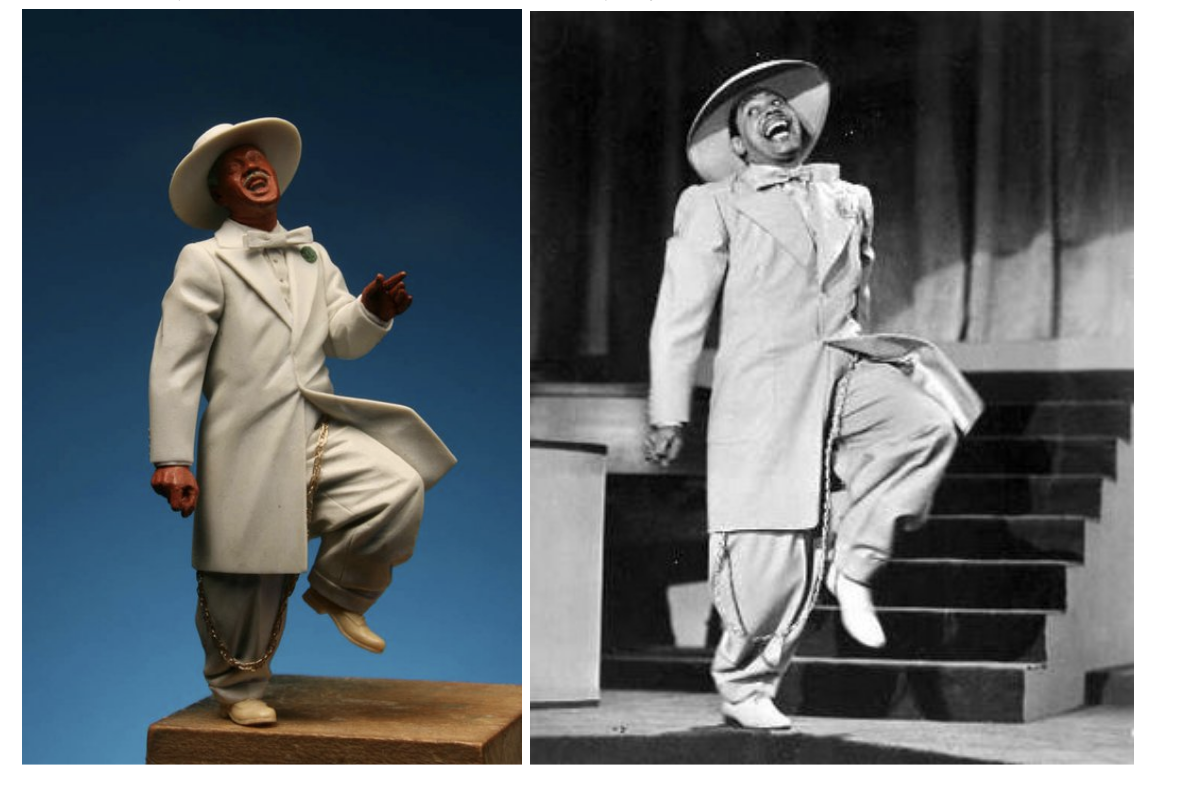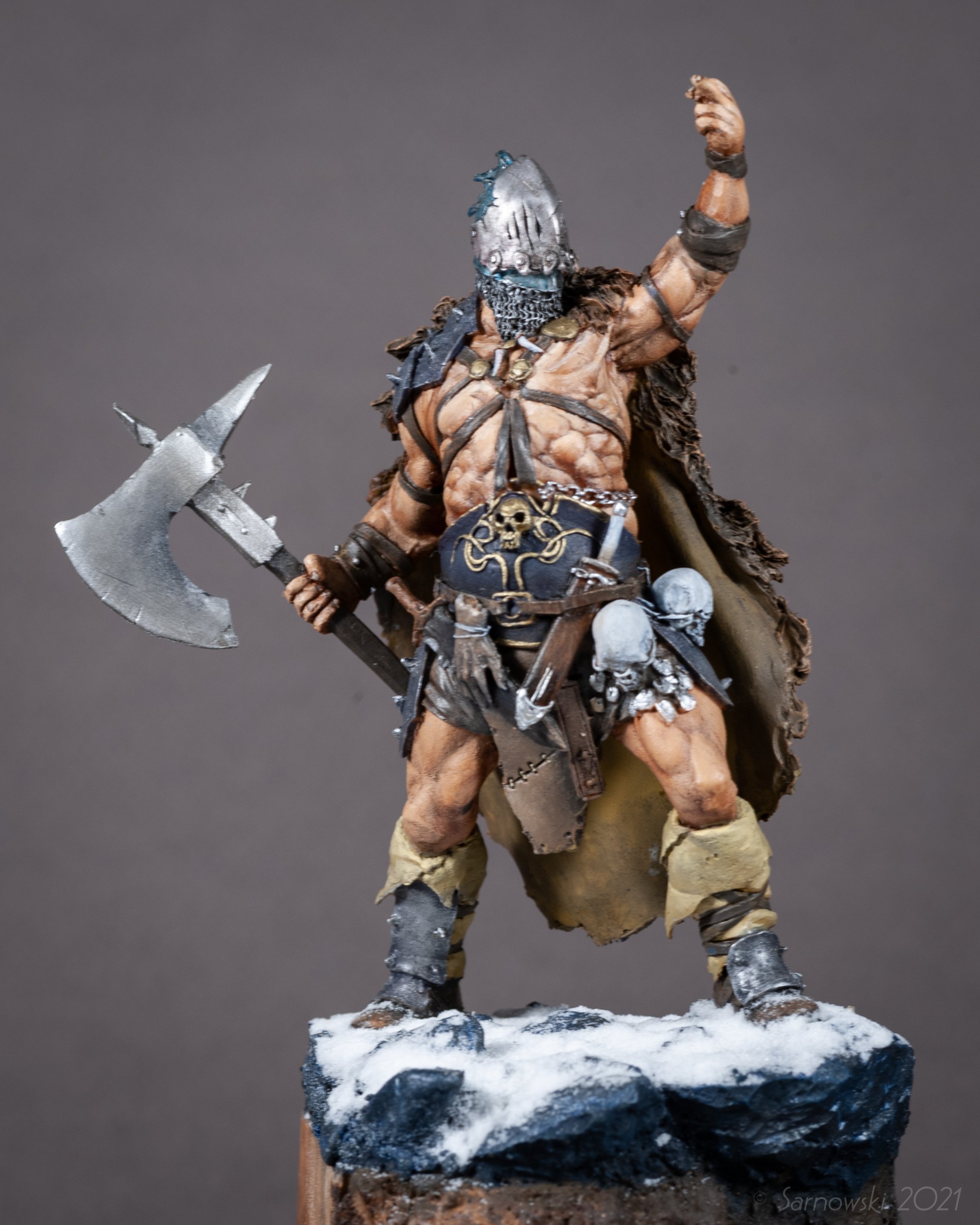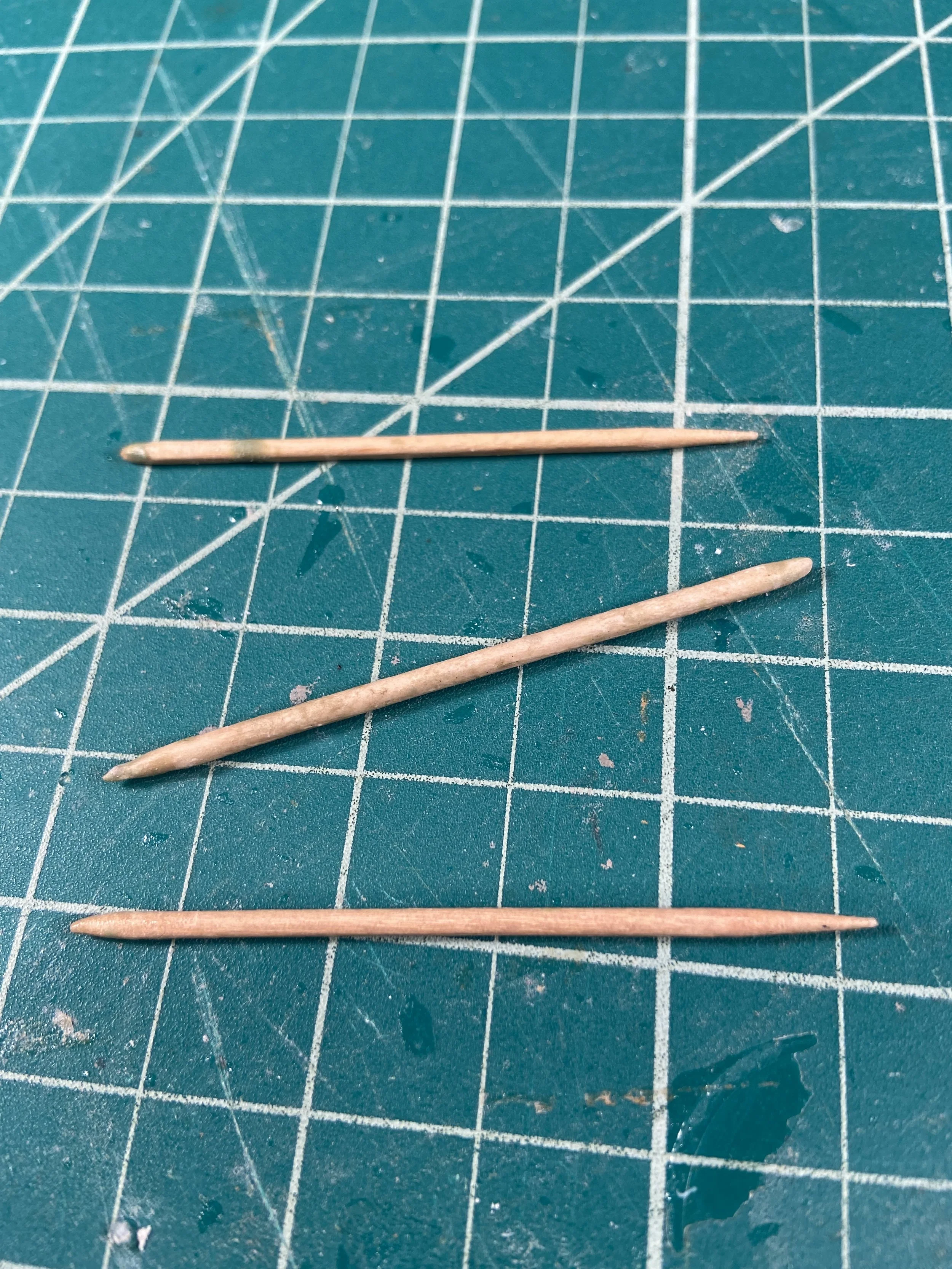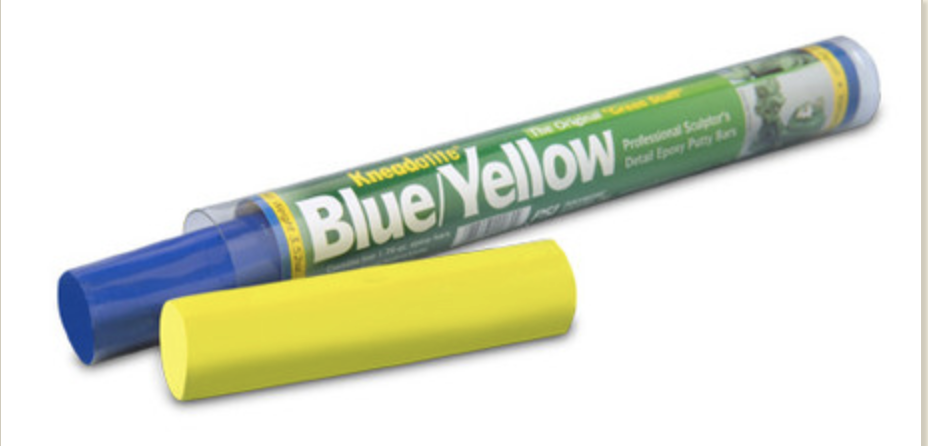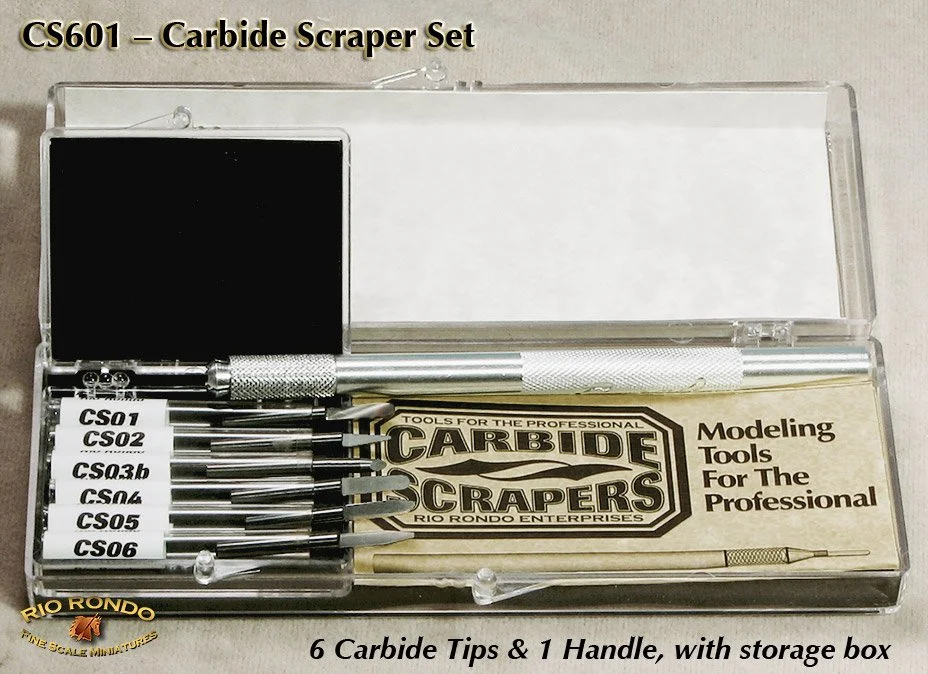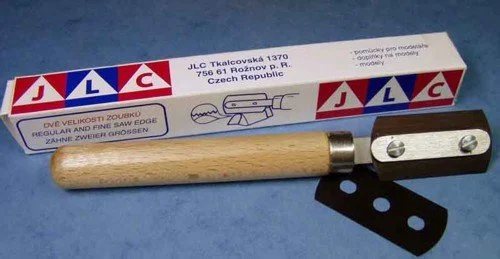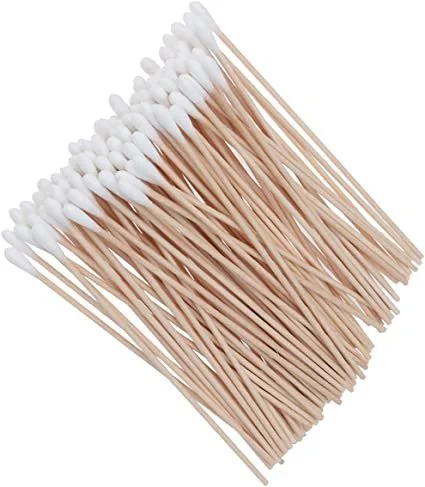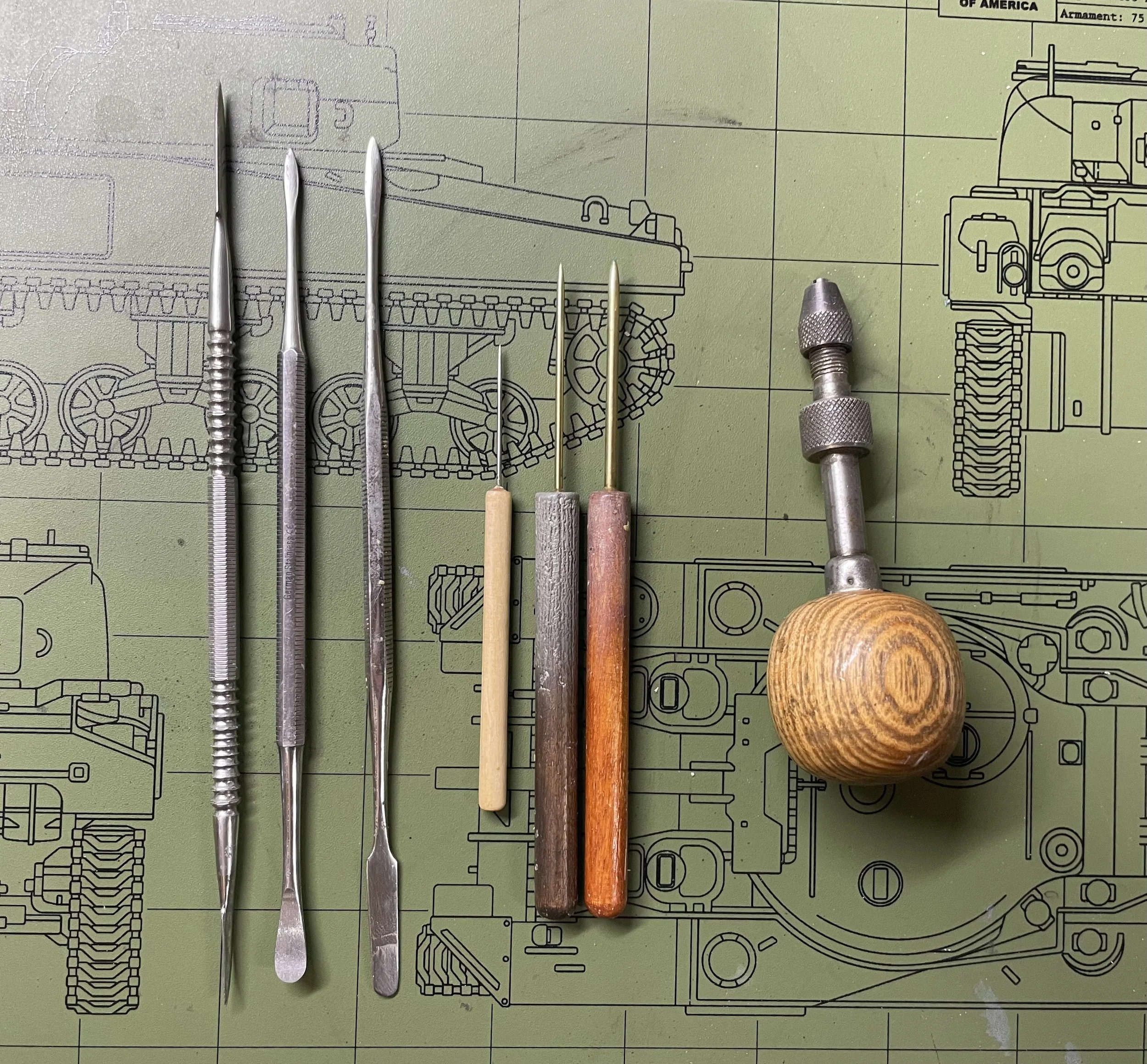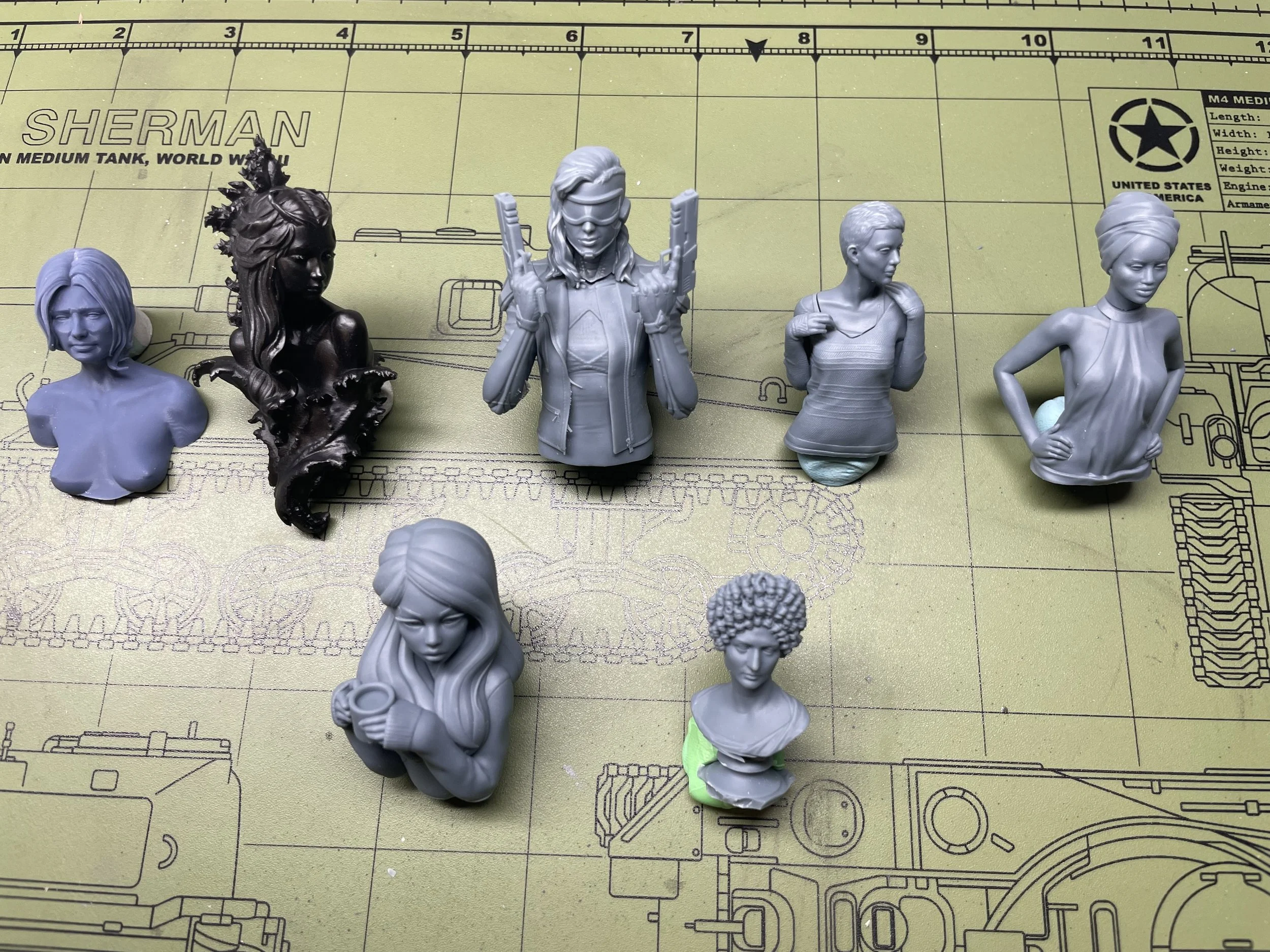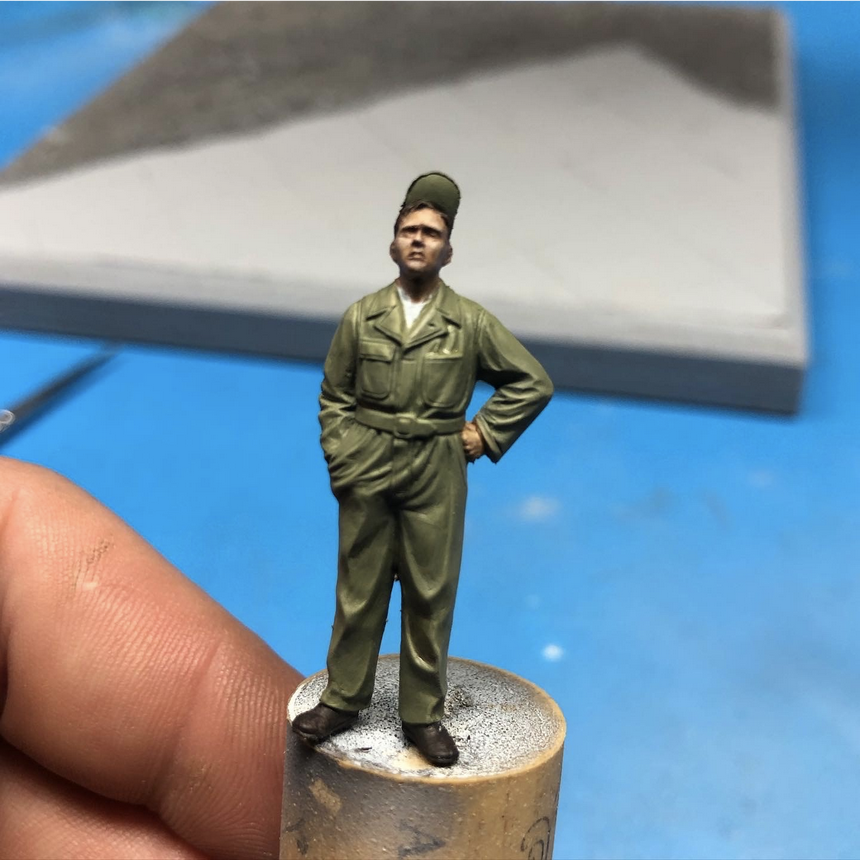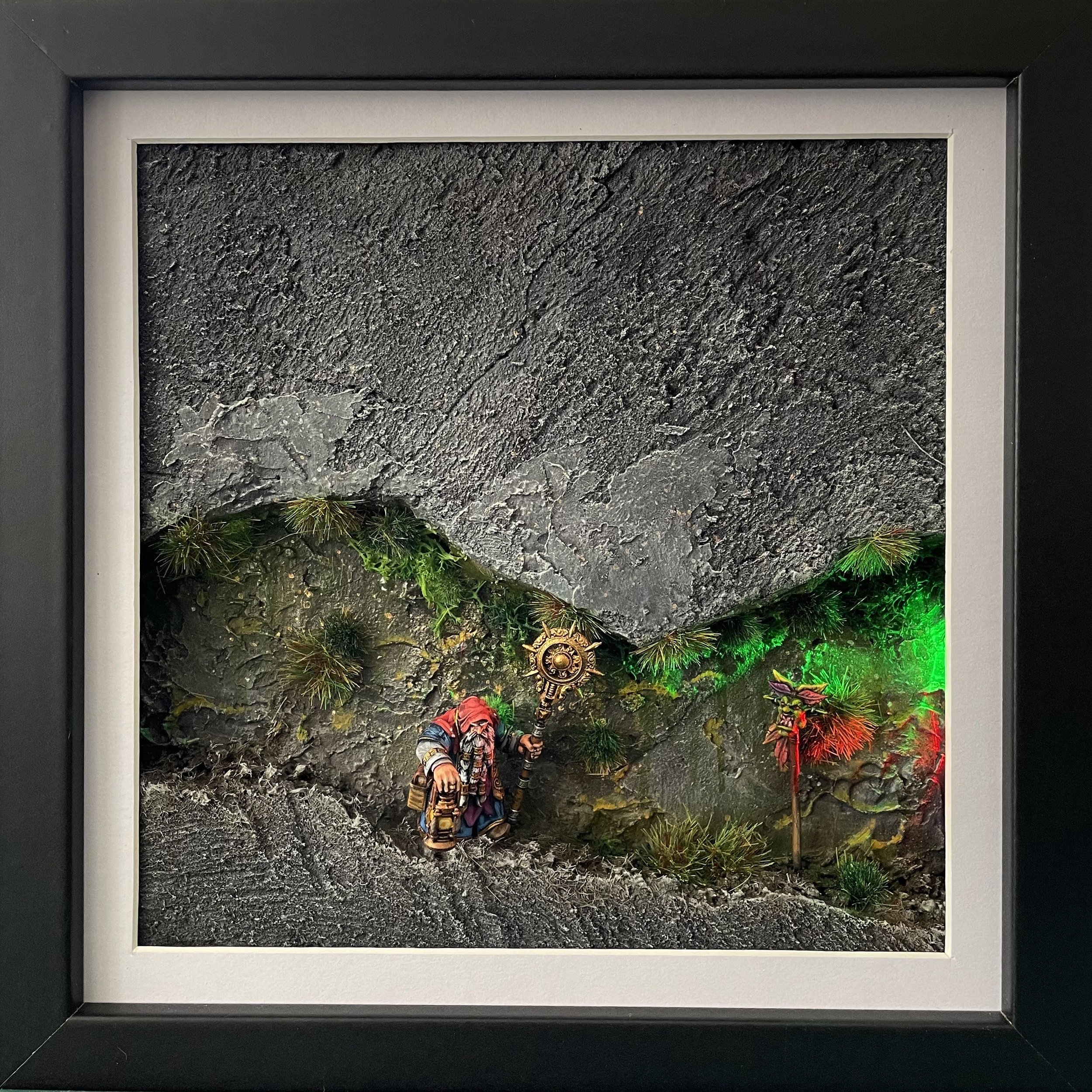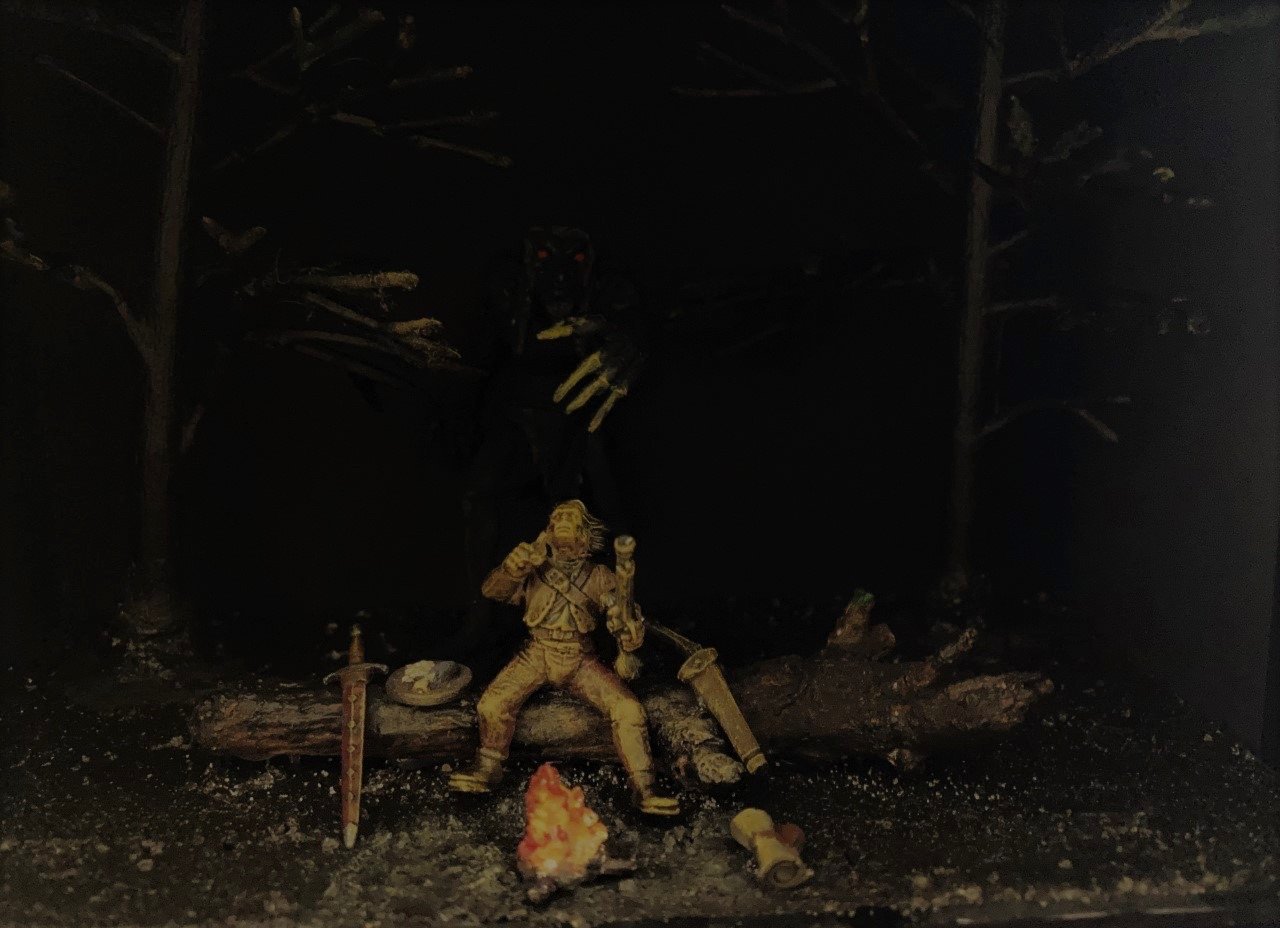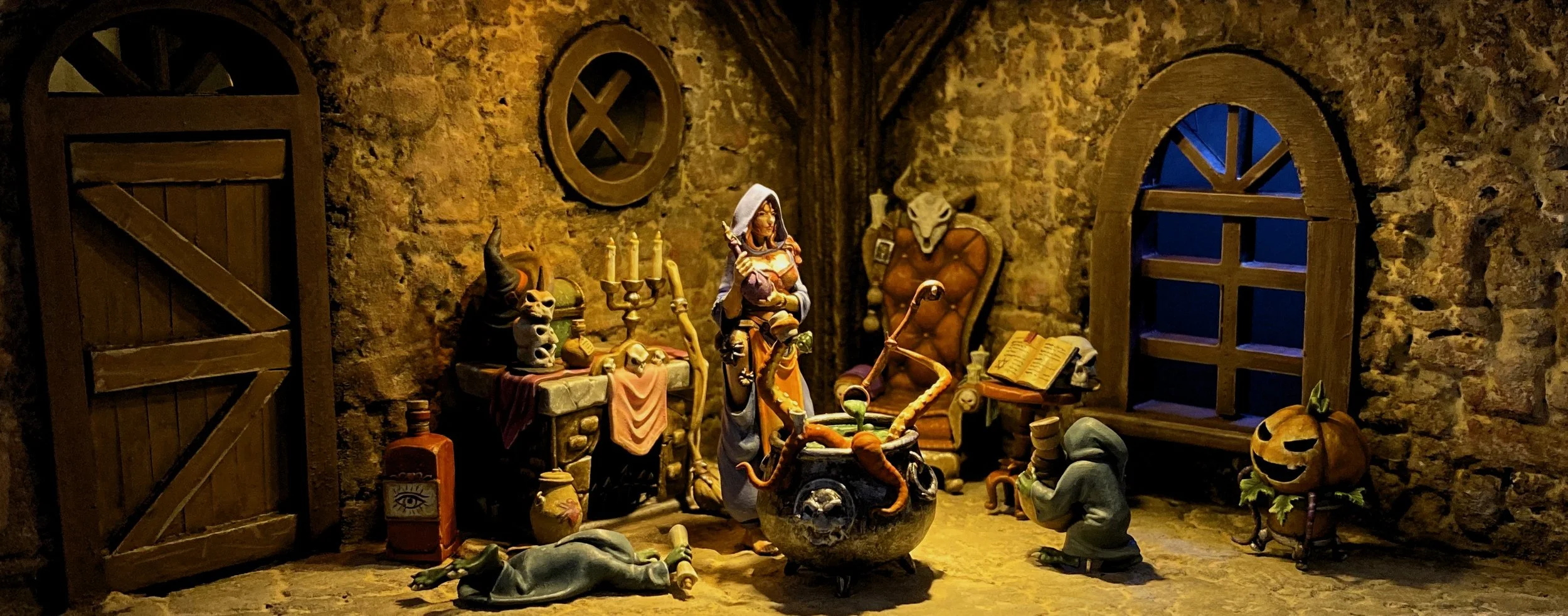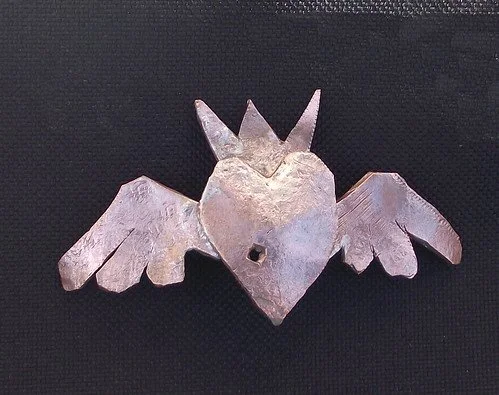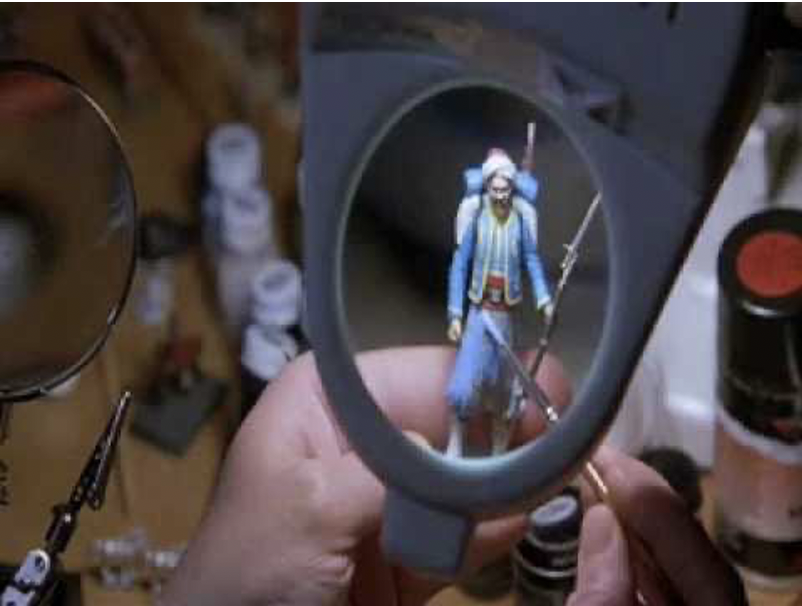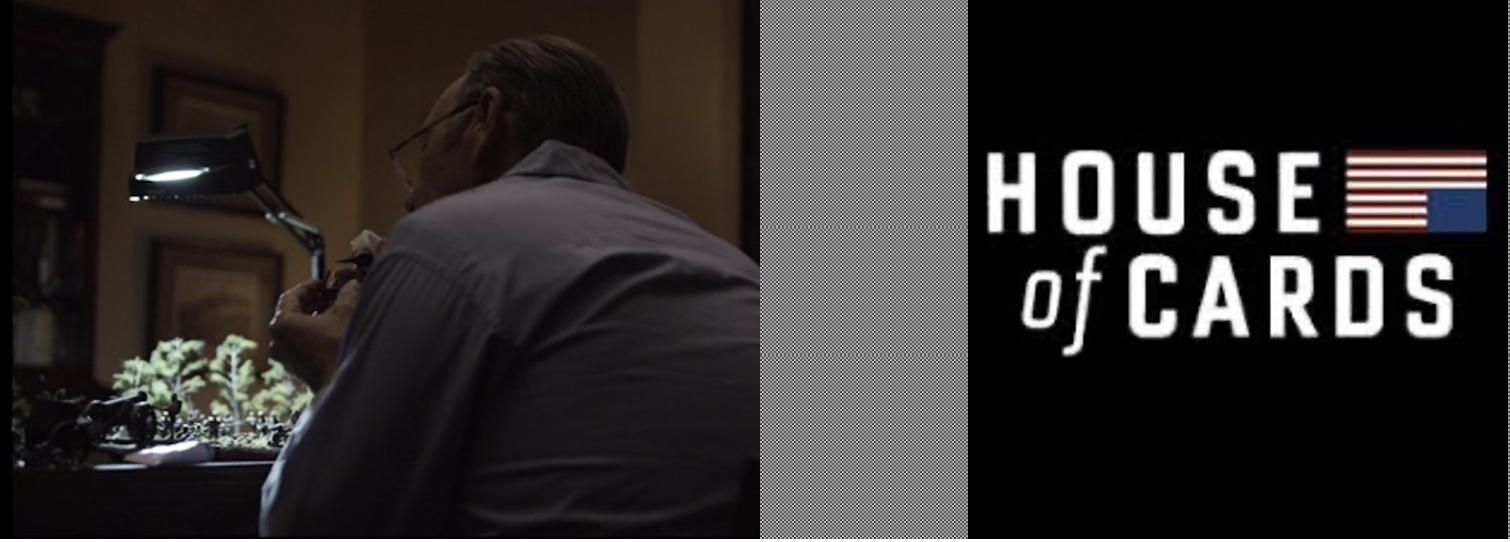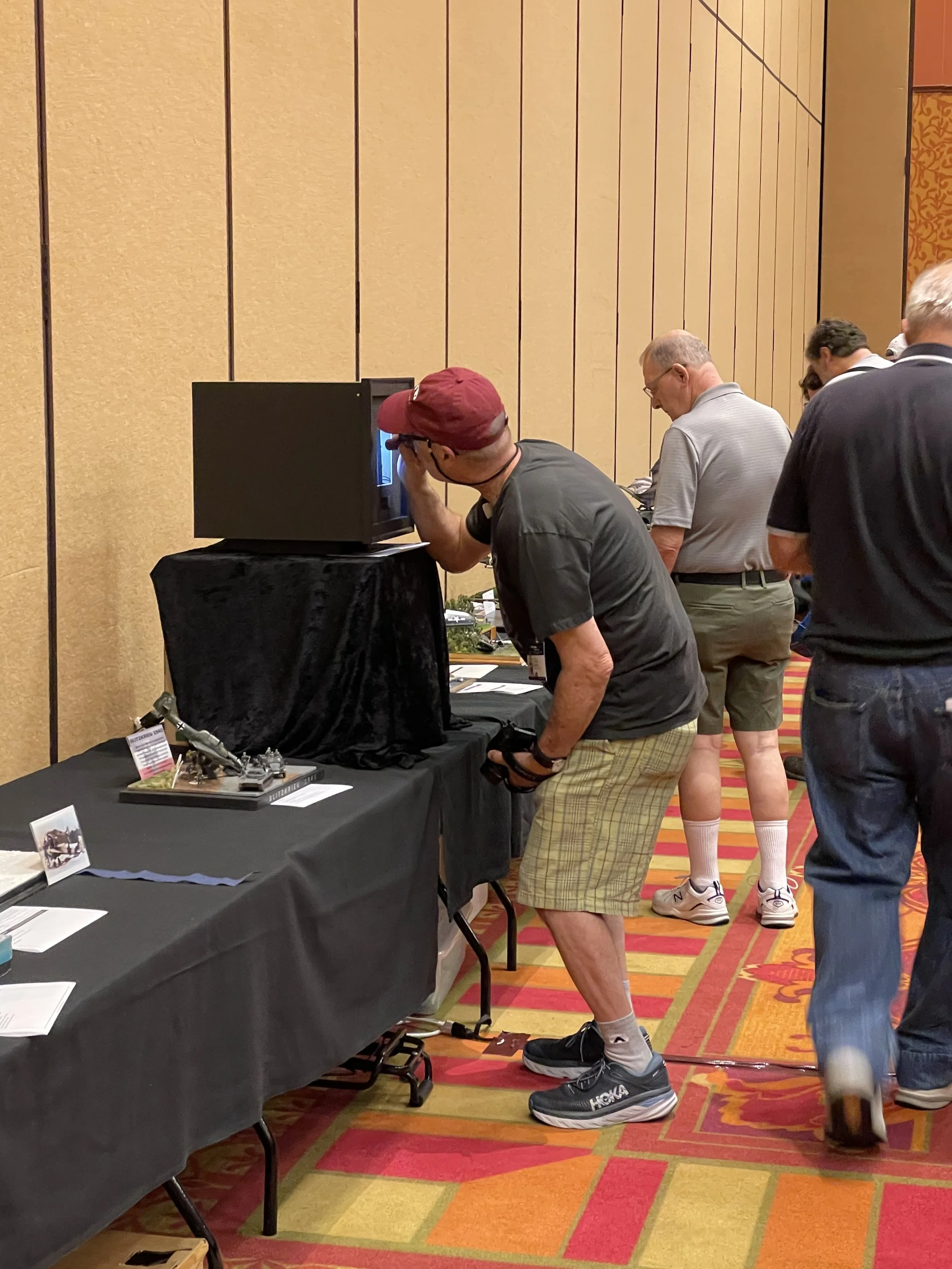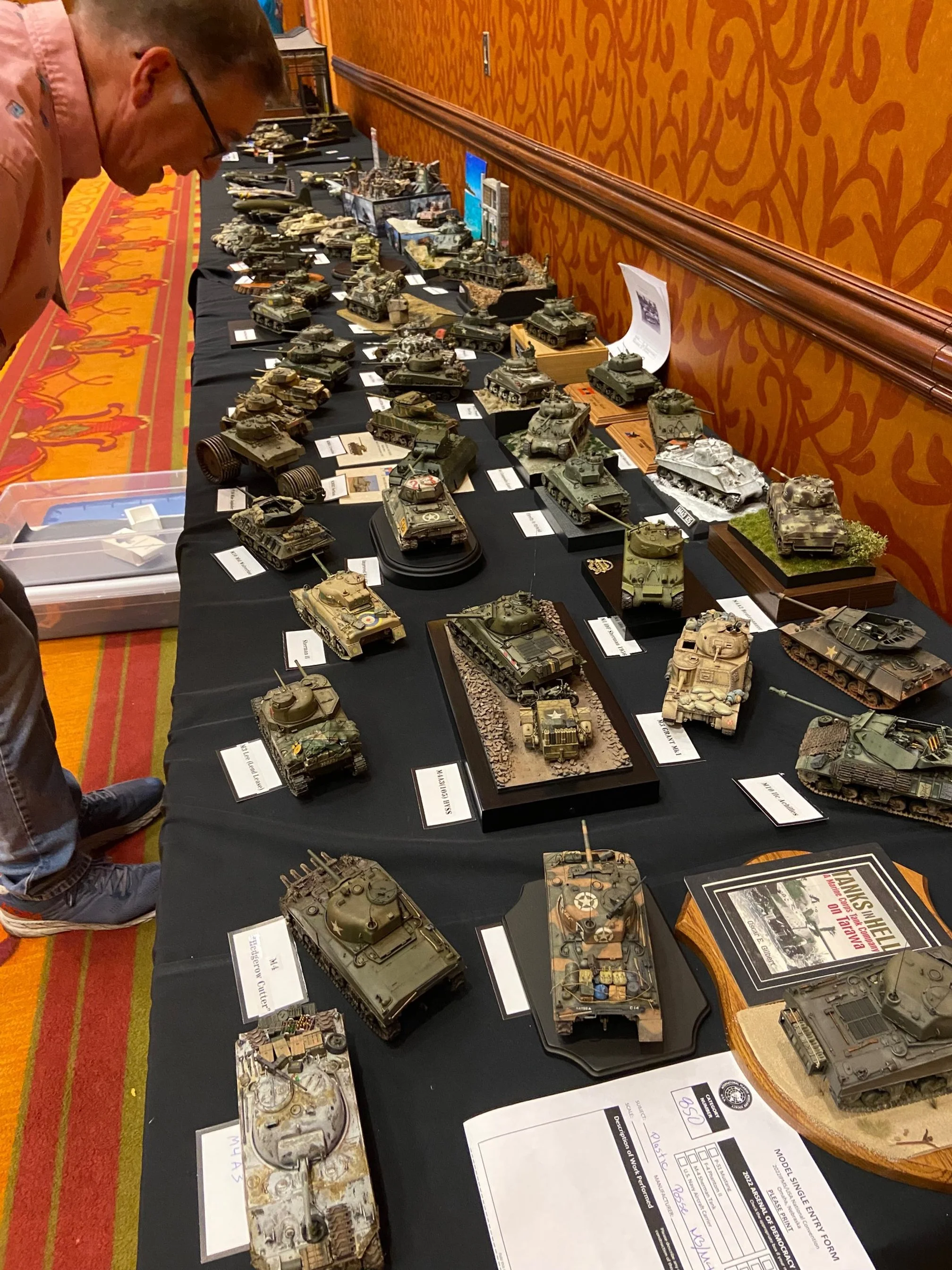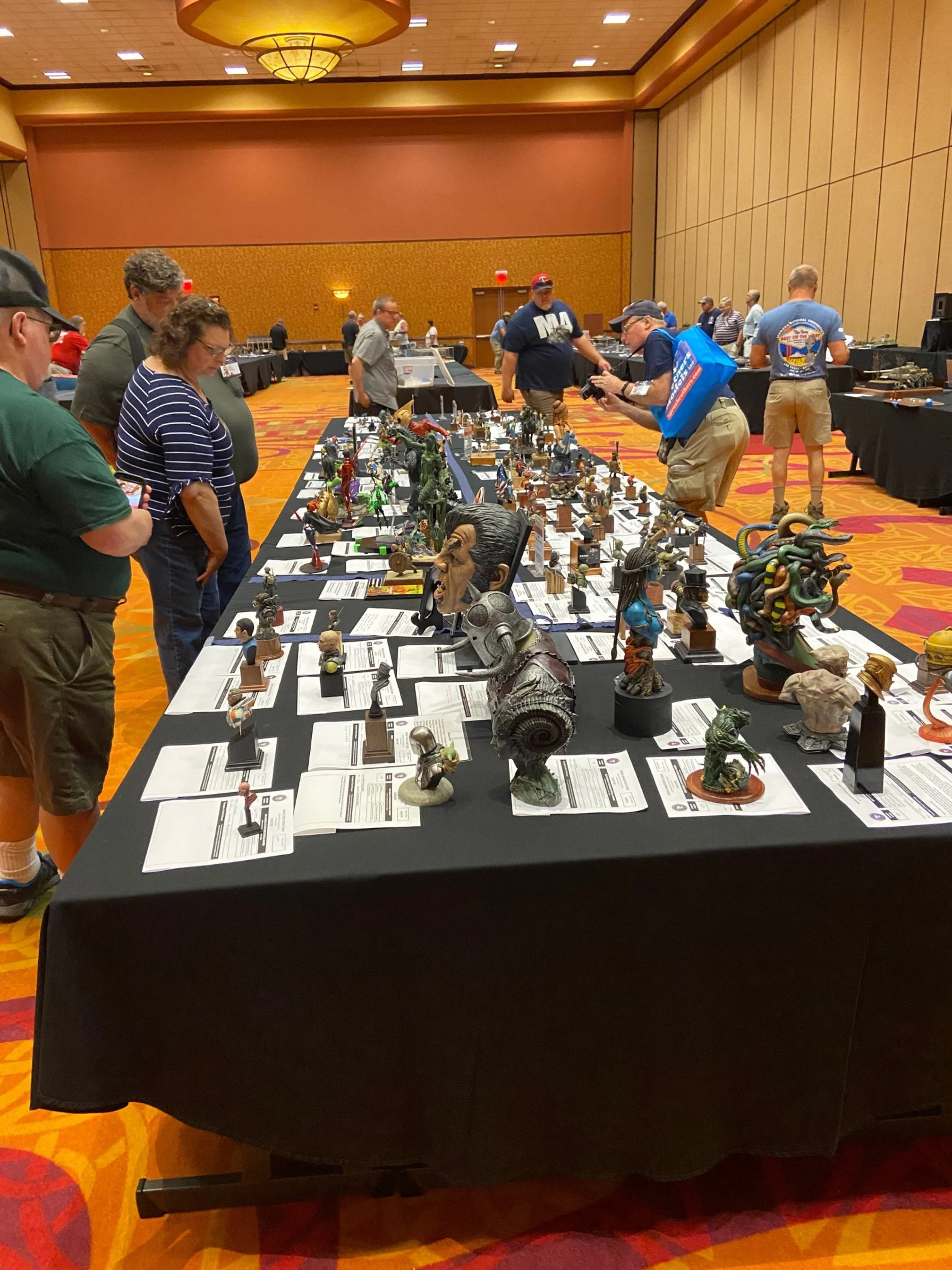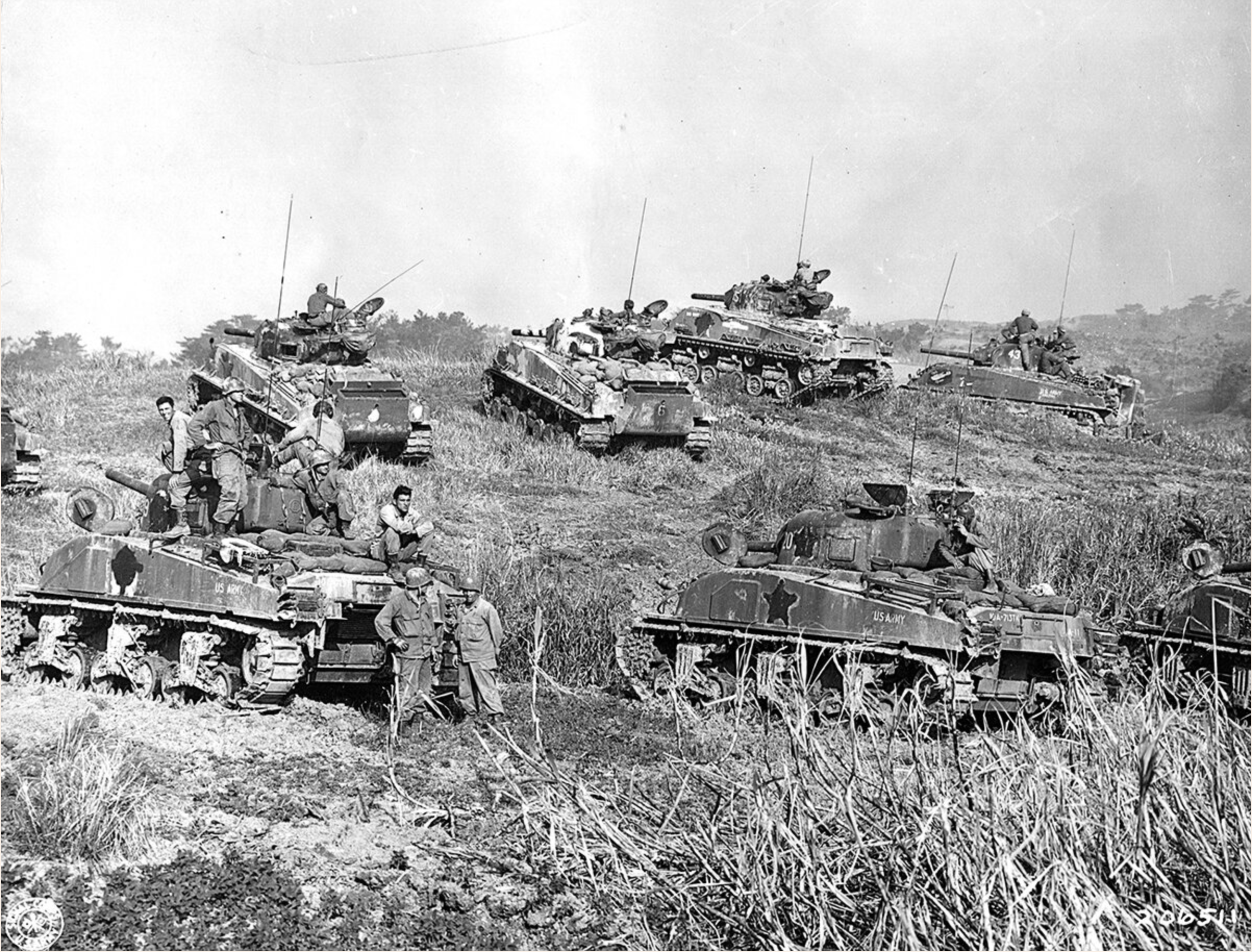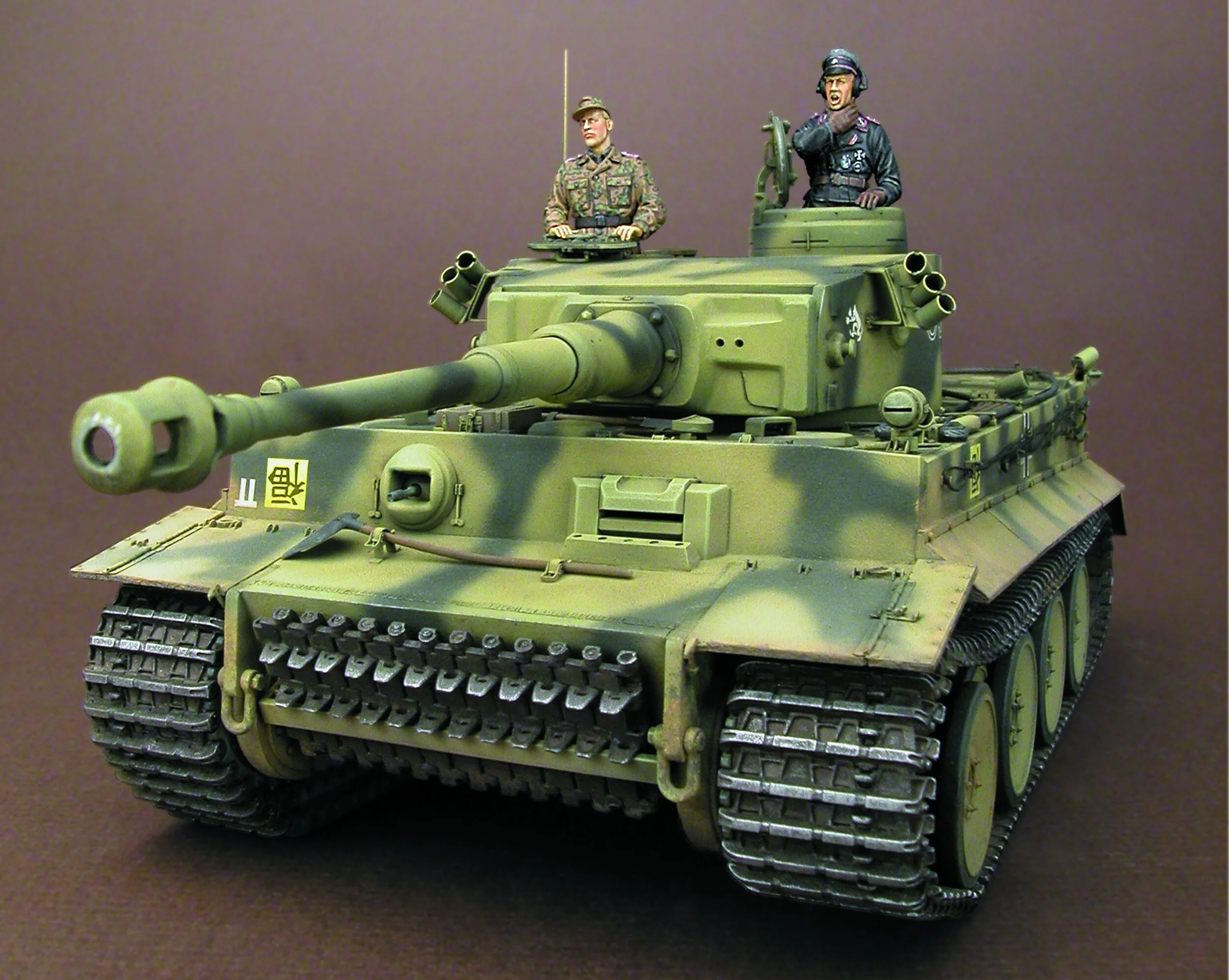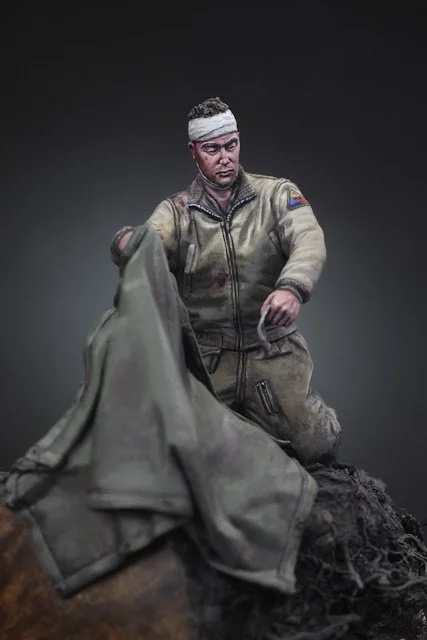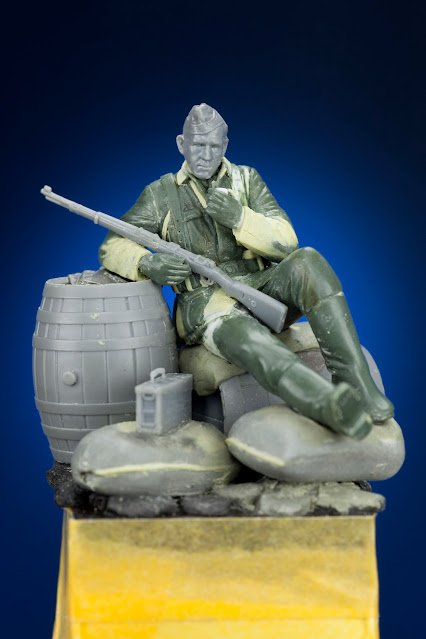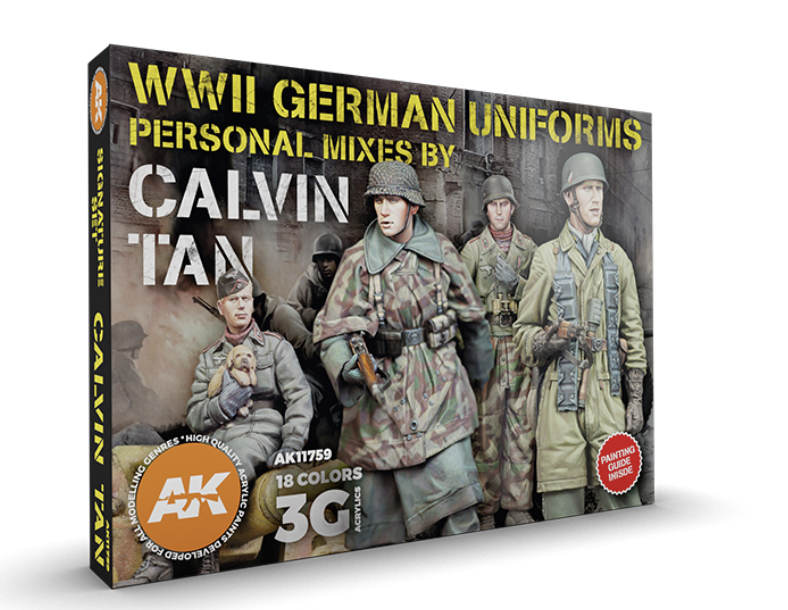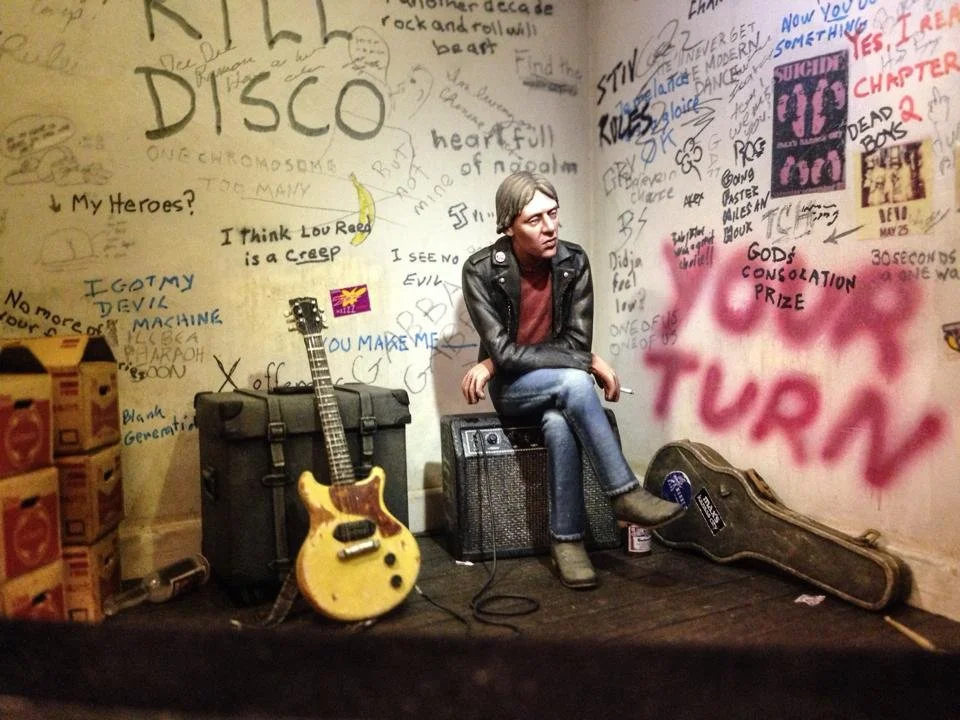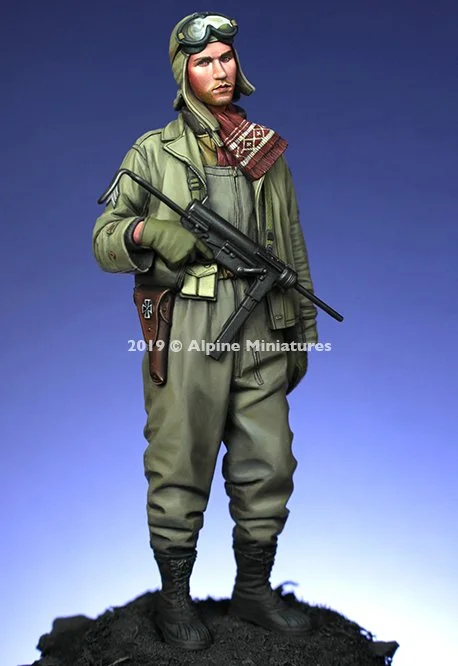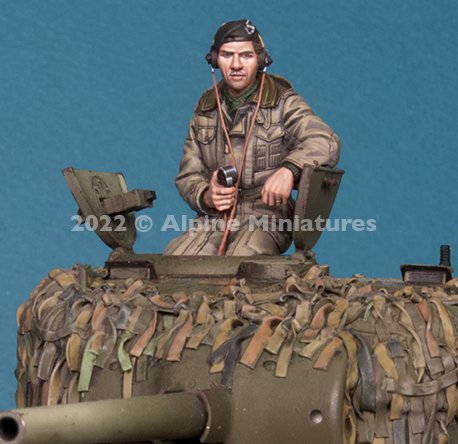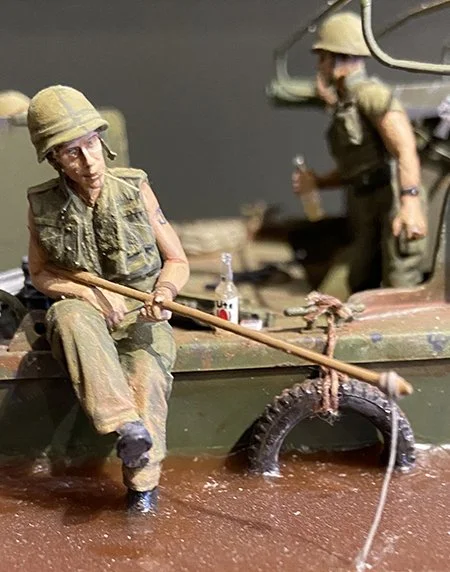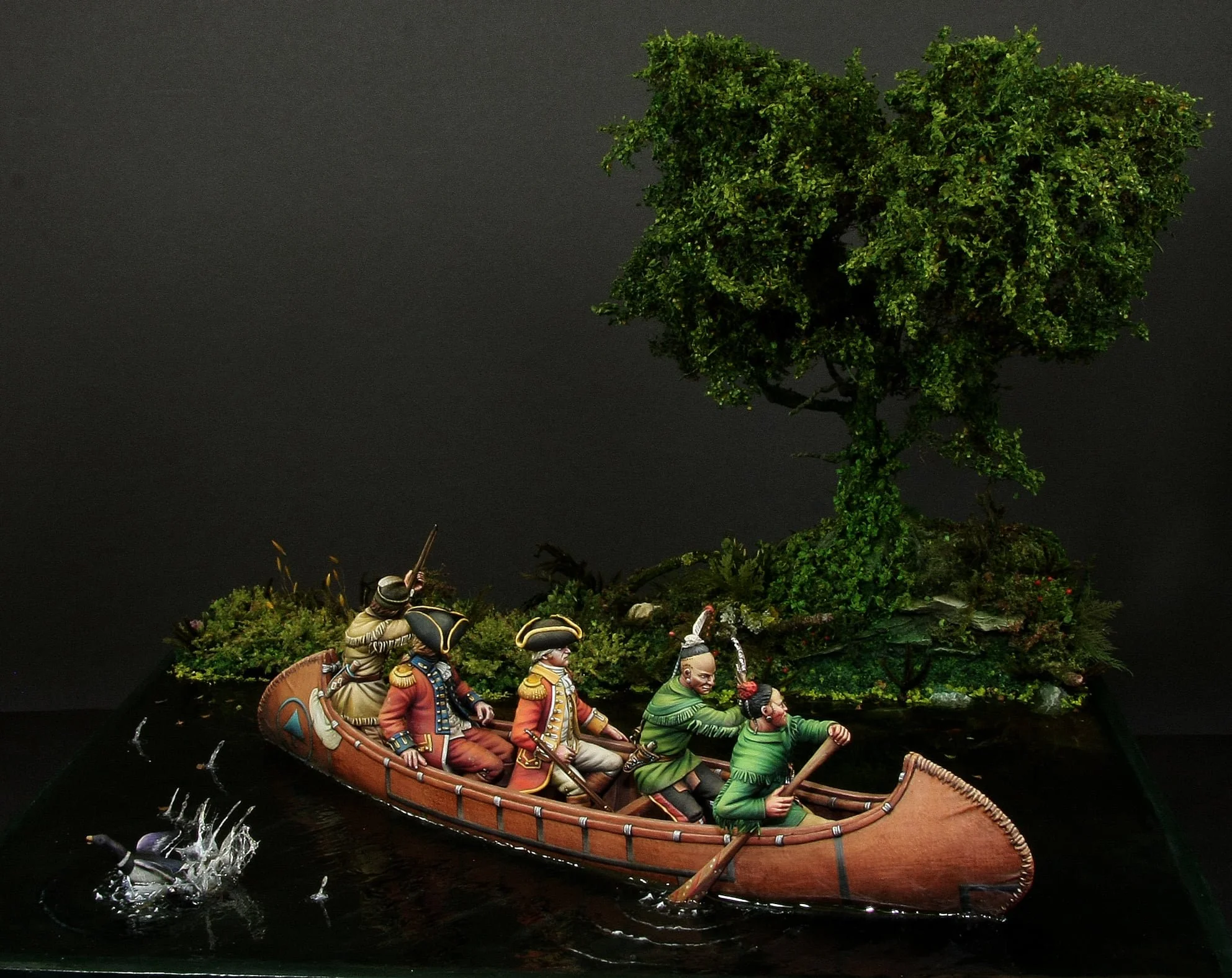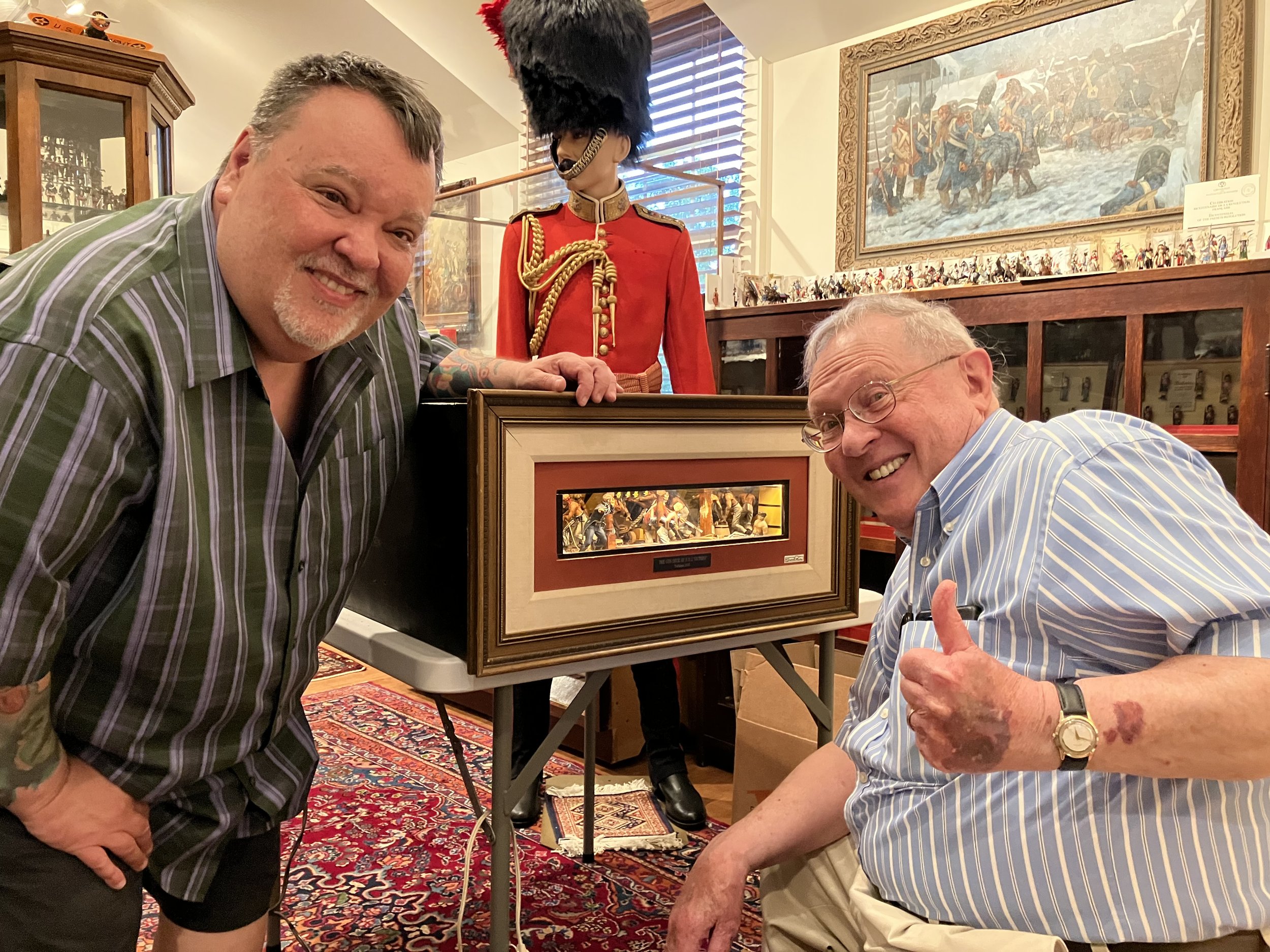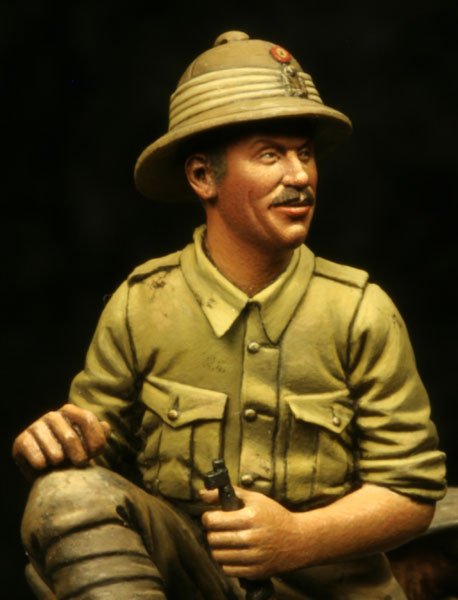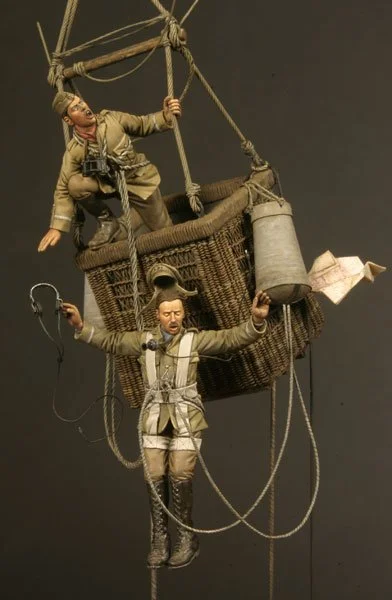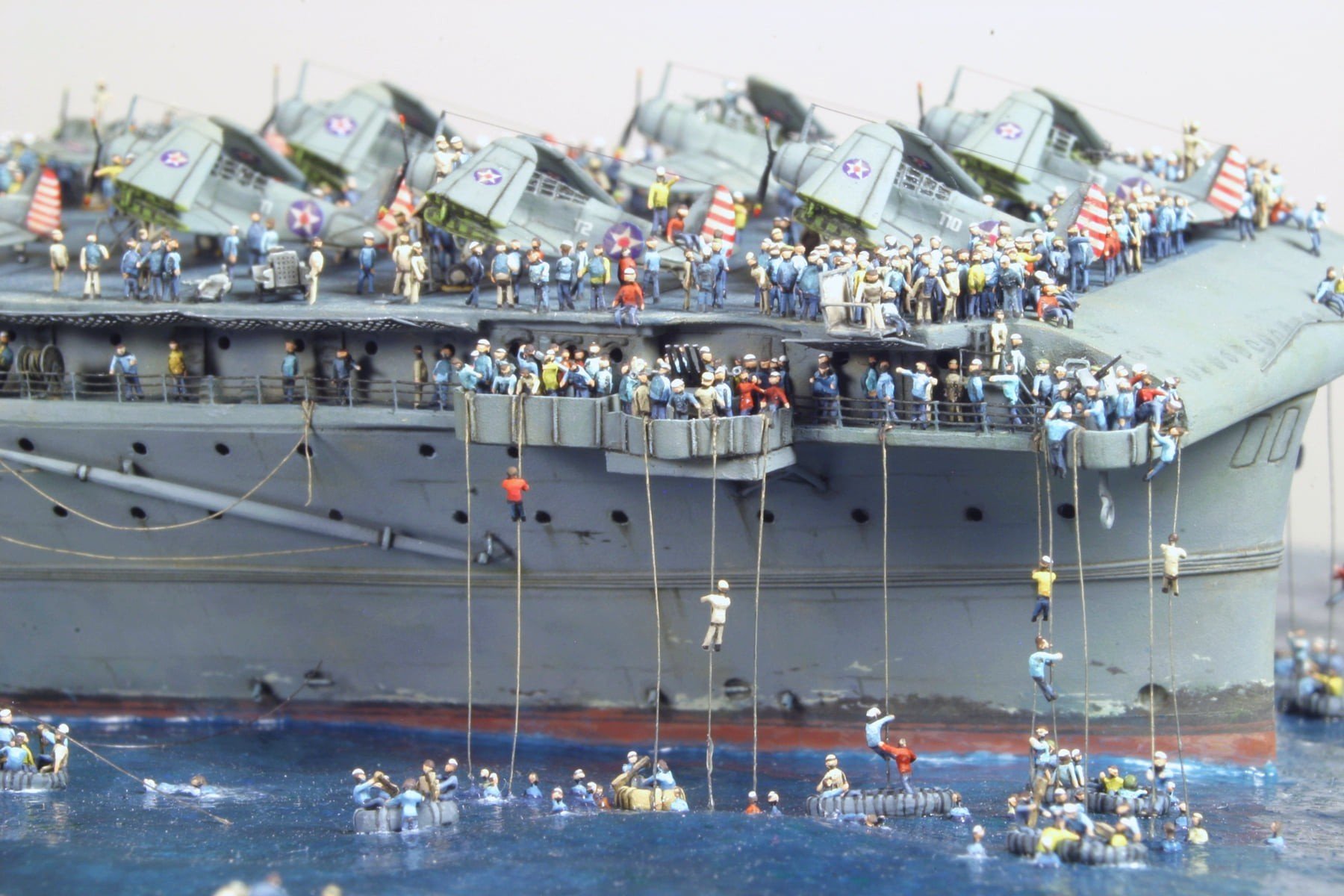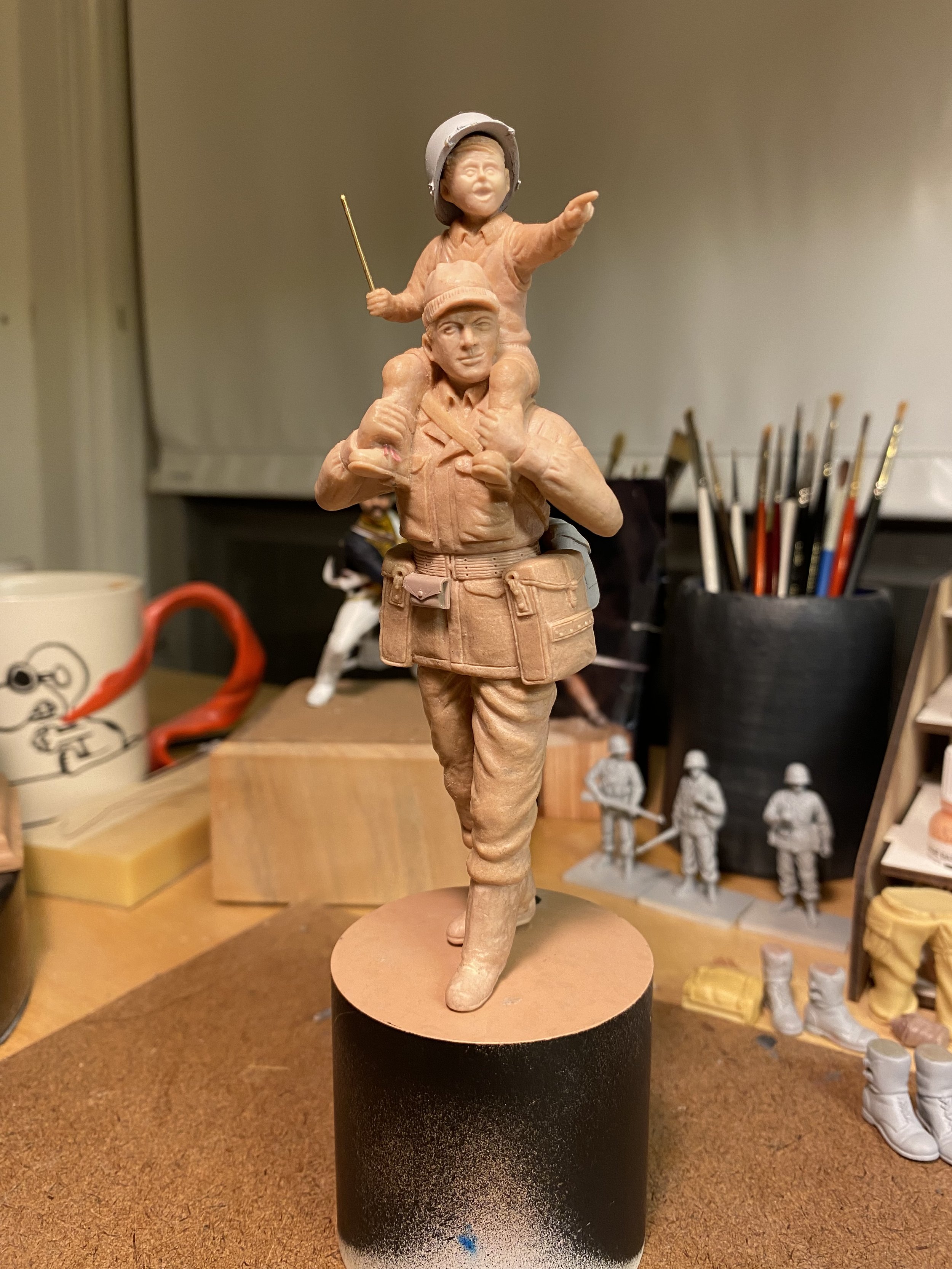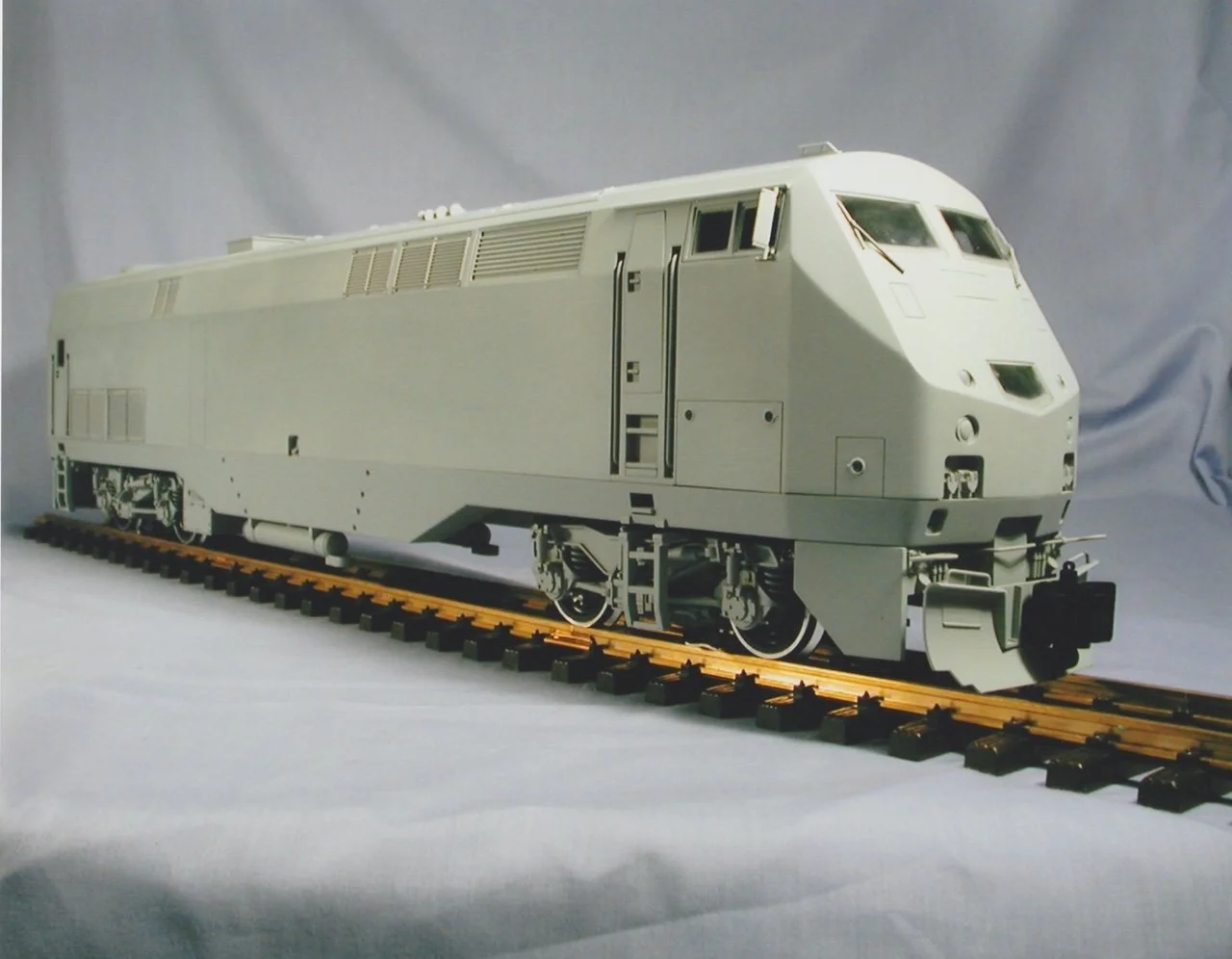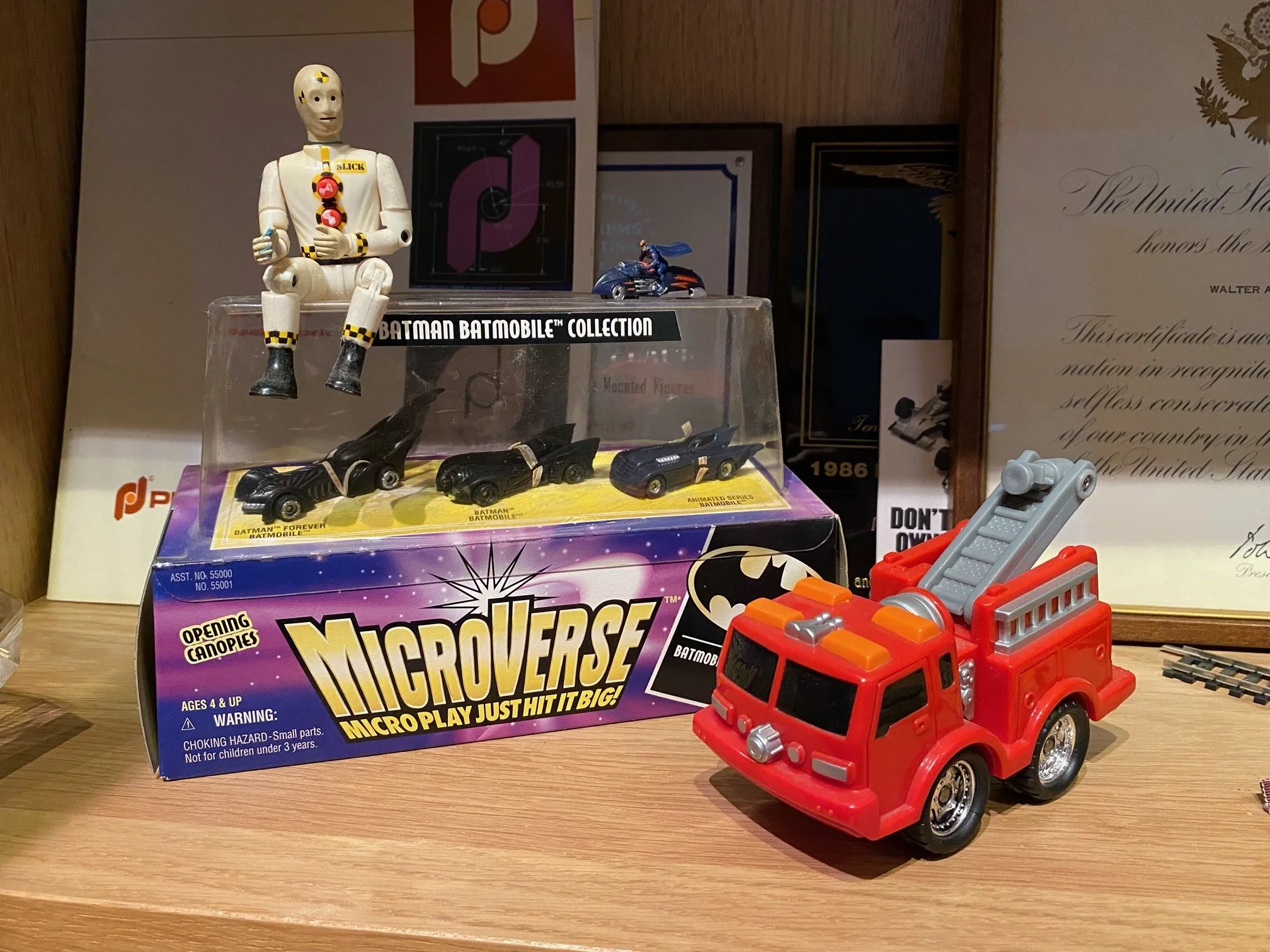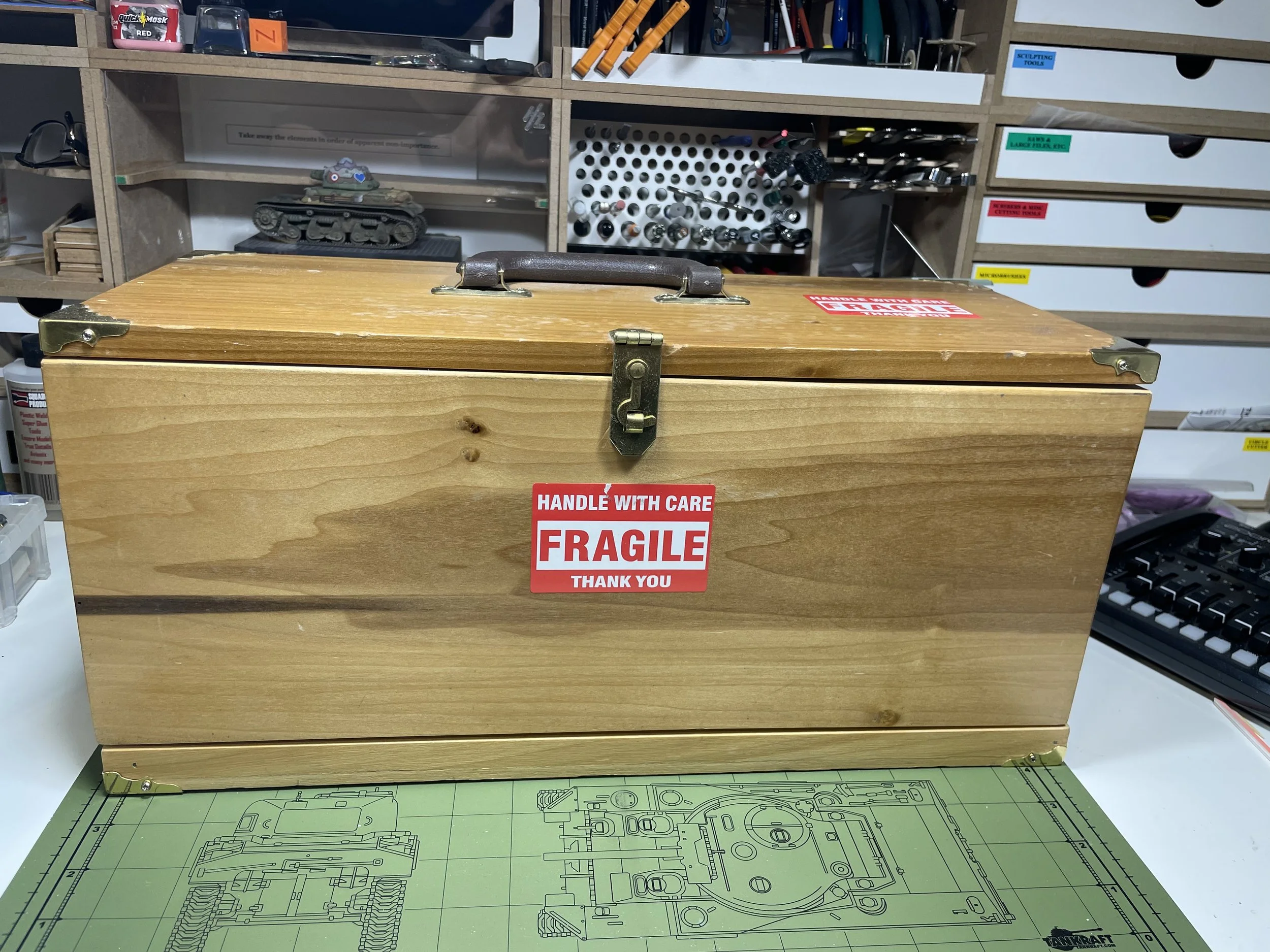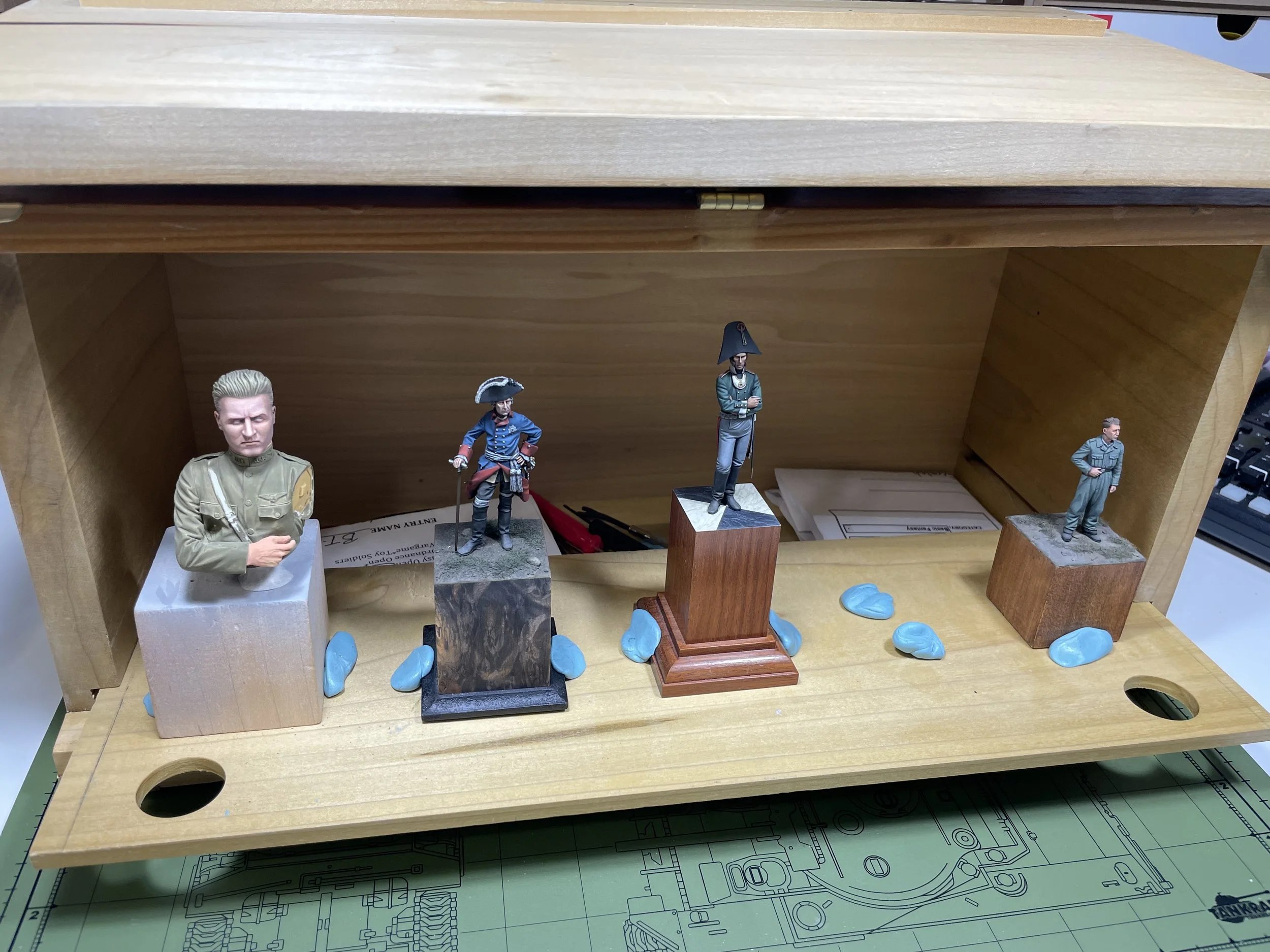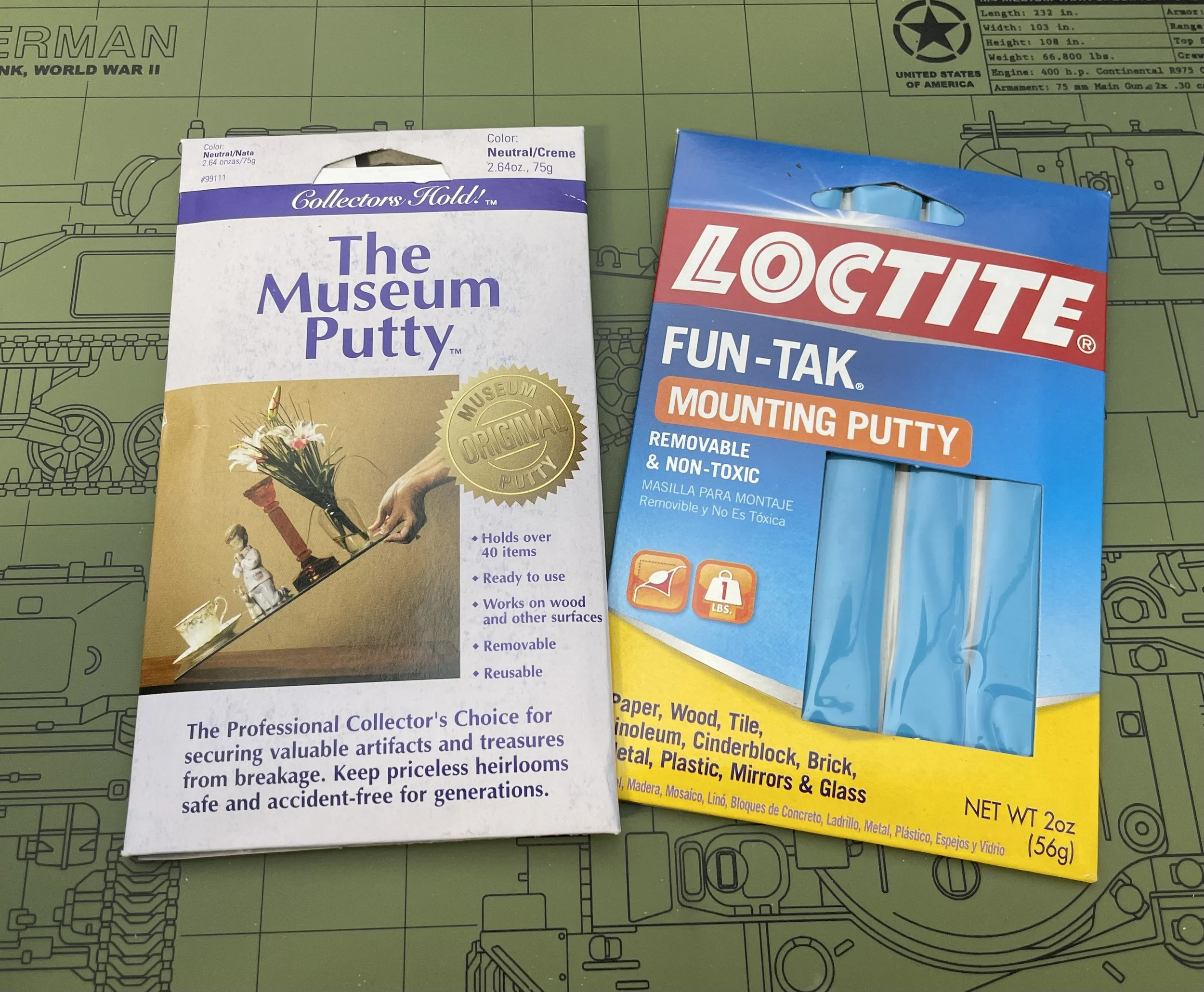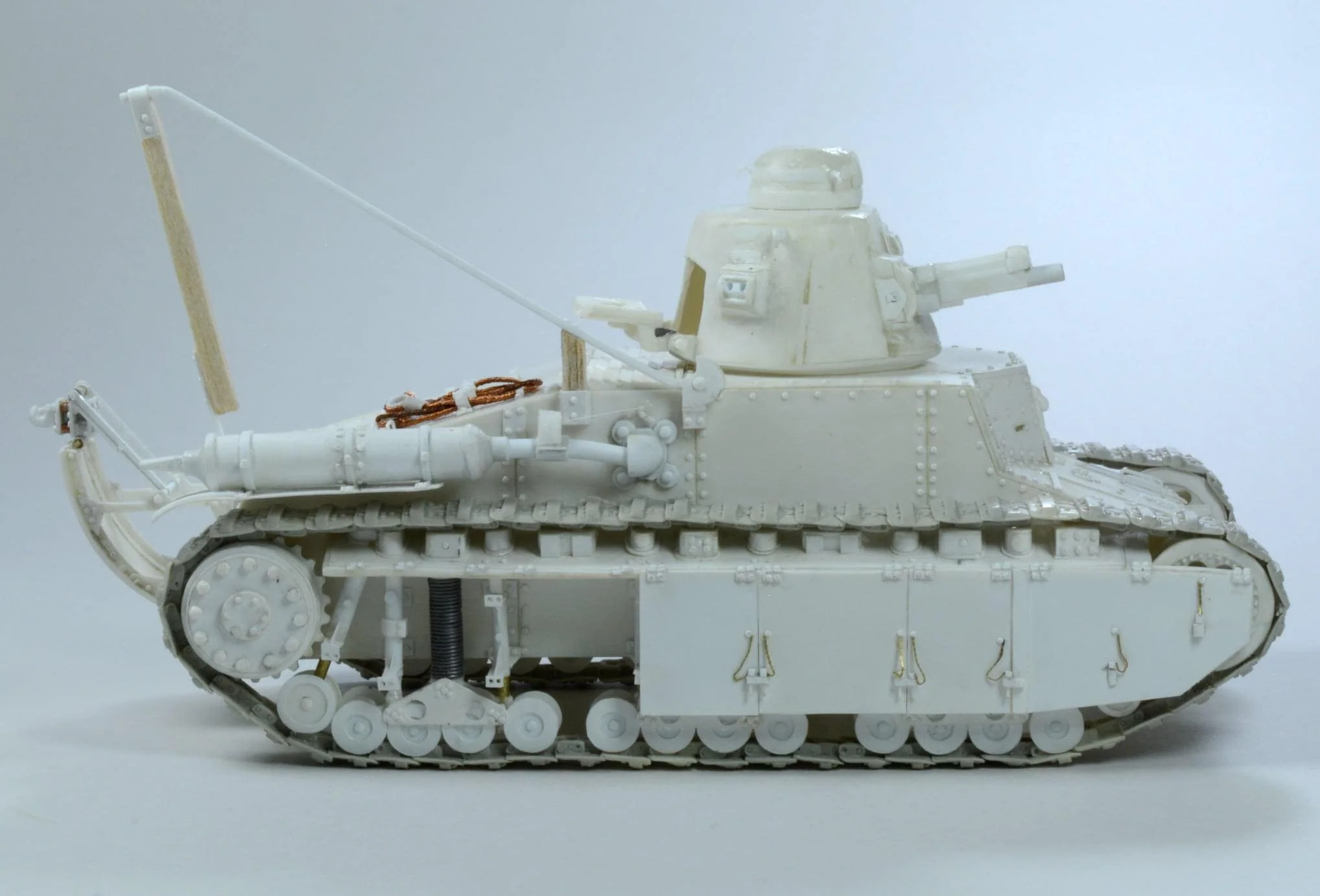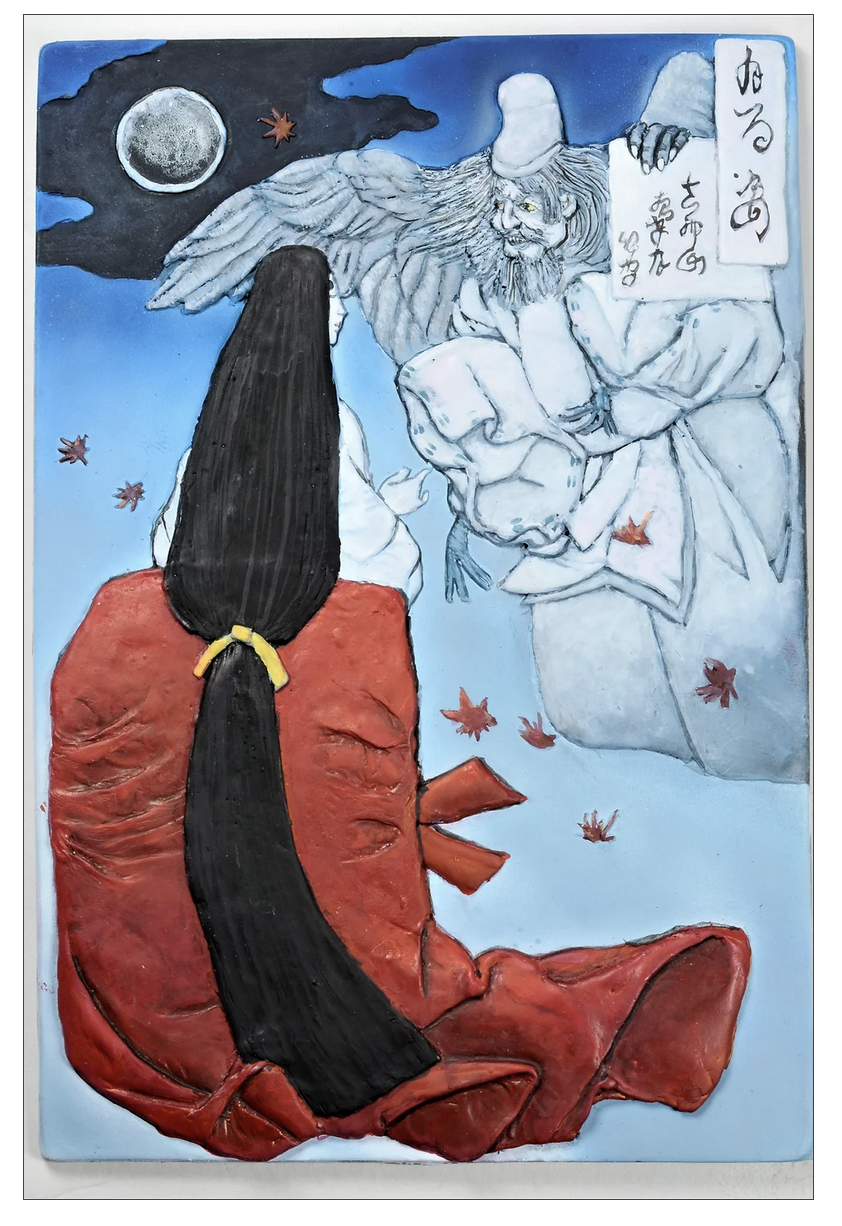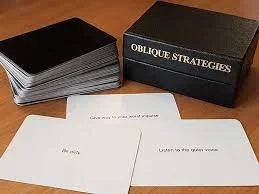Episode 36: Mike Hilleary, some thoughts on that IPMS editorial, and an auction of some classic Shep Paine box dioramas
/To get this episode rolling, Barry and Jim had a splendid chat with Mike Hilleary, the Connecticut-based modeler they consider one of the best painters in America today. Since they discussed his work on display at MFCA in their “mock-judging” session with Greg DiFranco in the last episode, they forgo picking some favorites as usual in this show, but they couldn’t resist sharing a few more examples of Mike’s excellent work.
The boys also used the opportunity of a question left on the show’s voice mail to discuss that recent editorial in the IPMS Journal by the group’s president David Lockhart, which effectively claimed that there would be no modeling shows in the U.S. without the group, and that people who come to and exhibit at its shows without being active members of the club are “freeloaders.” It prompted a lot of comments online, and both Lockhart and the group have since apologized for the, um, bad wording, but Jim argues that it was nonetheless indicative of a hubristic and narrow-minded attitude on the part of many (not all) of the club’s leaders.
Finally, on a much cheerier note, Jim tells the story of the recent auction in Beloit, WI, of some of the classic box dioramas by Shep Paine and others, as well as some of the “super-dioramas” by Bob Letterman and Lewis Pruneau, from the collection of the late Ralph Koebbeman. Your hosts, working with Joe Berton, Darryl Audette, Nick Infield, and Dennis Levy, endeavored to save as many of the boxes as possible for Shep’s estate, with the hope of displaying them at the MMSI Chicago Show in October, and a gallery show in the future. All of the lights had burned out, but thankfully, there was no other serious damage.
The following are shots from Beloit, and the boxes that Joe, Jim, and Darryl won back home at Jim’s place, where he’s been busy on the restoration work ever since. To read about Jim’s work replacing the old incandescent bulbs with modern LEDs to preserve these brilliant pieces for another half-century, visit the newly updated Shep Paine gallery on this site, and the associated sub-pages to chart the work on “In the Turret of the Monitor,” “The Swamp Ogre,” “The Legend of Sleepy Hollow,” “The Nightwatch,” “A Stillness at Appomattox,” “Matthew Brady’s Photographic Gallery,” “In the Casemate of the Merrimac,” and “Stopping the Slave Trade.”

